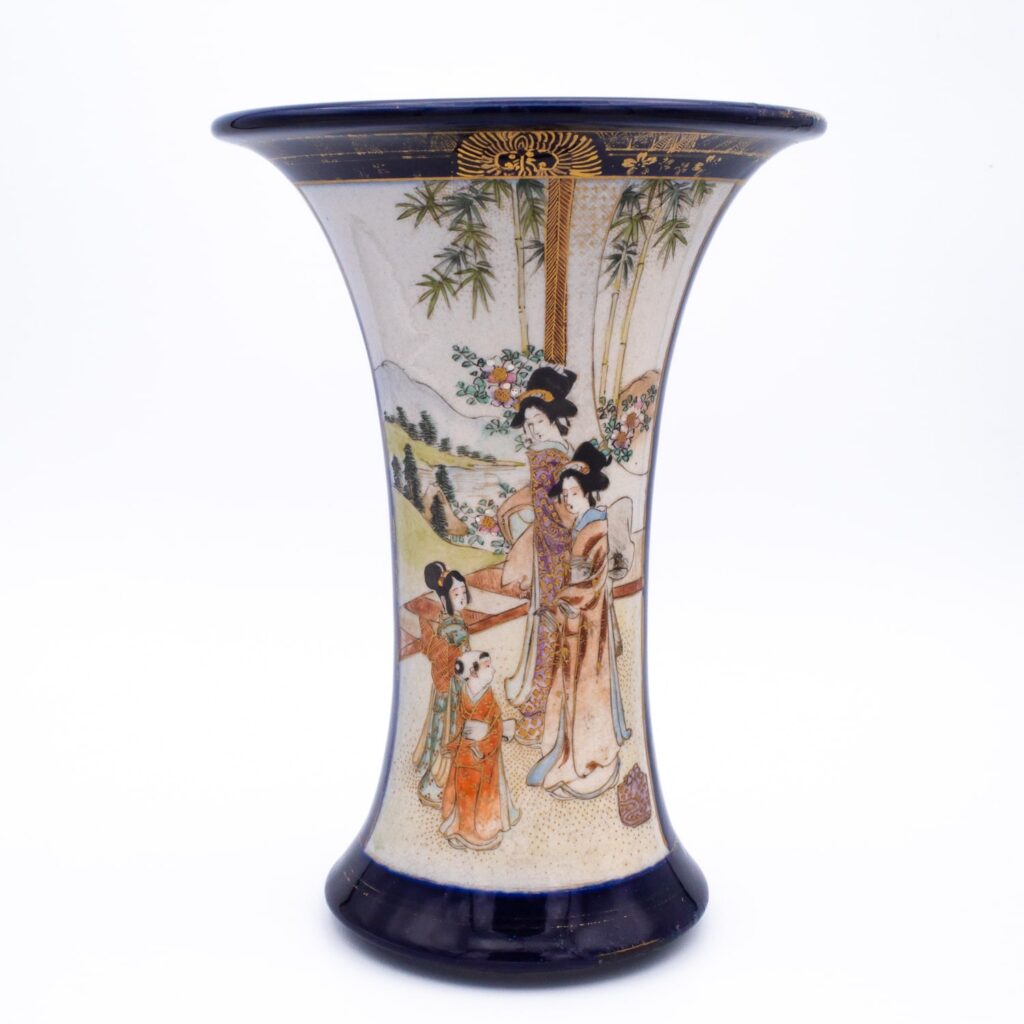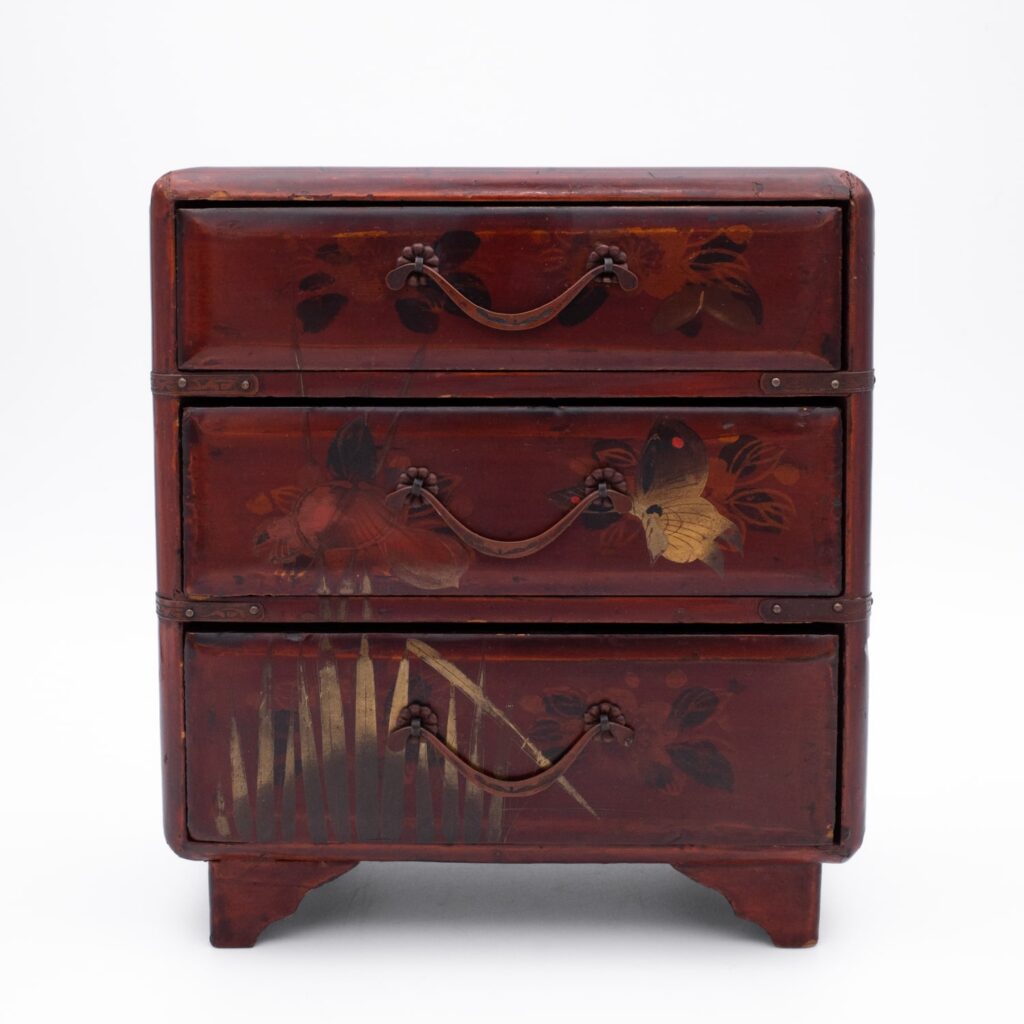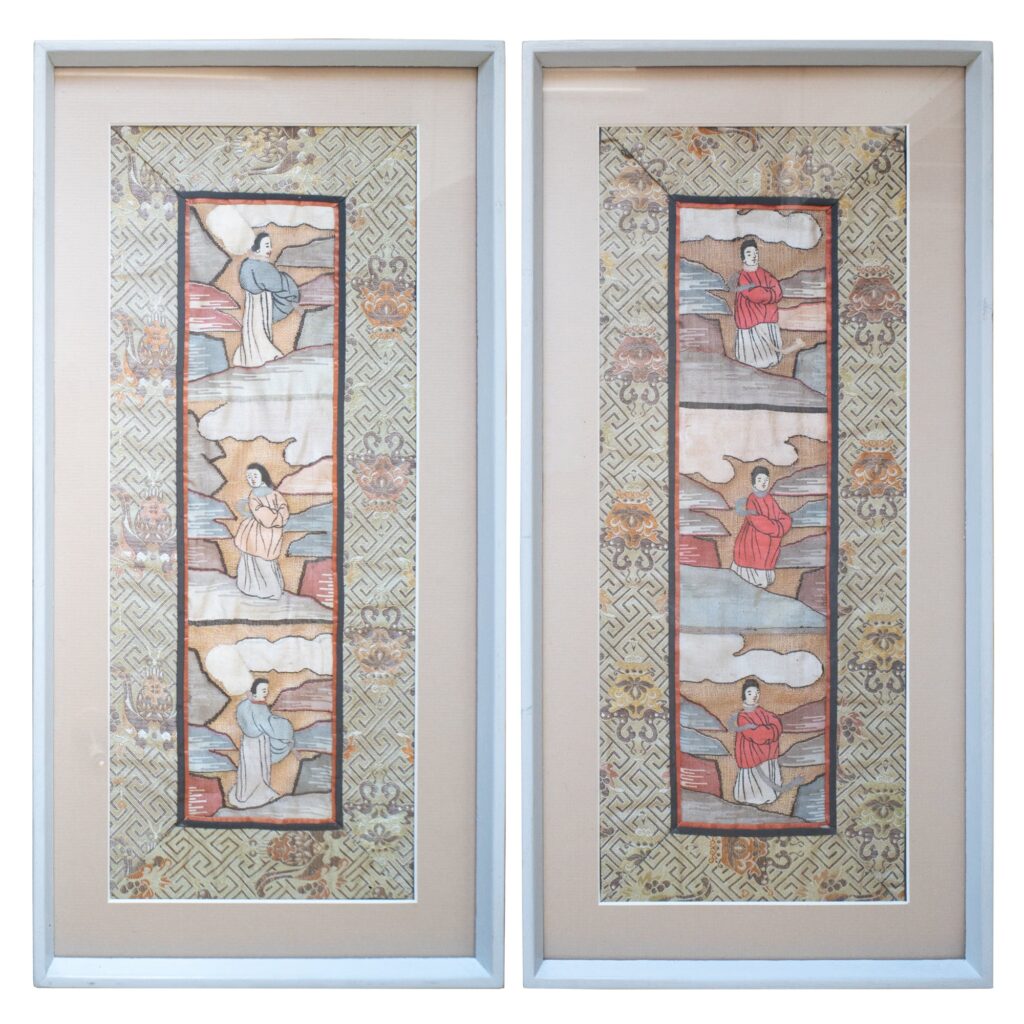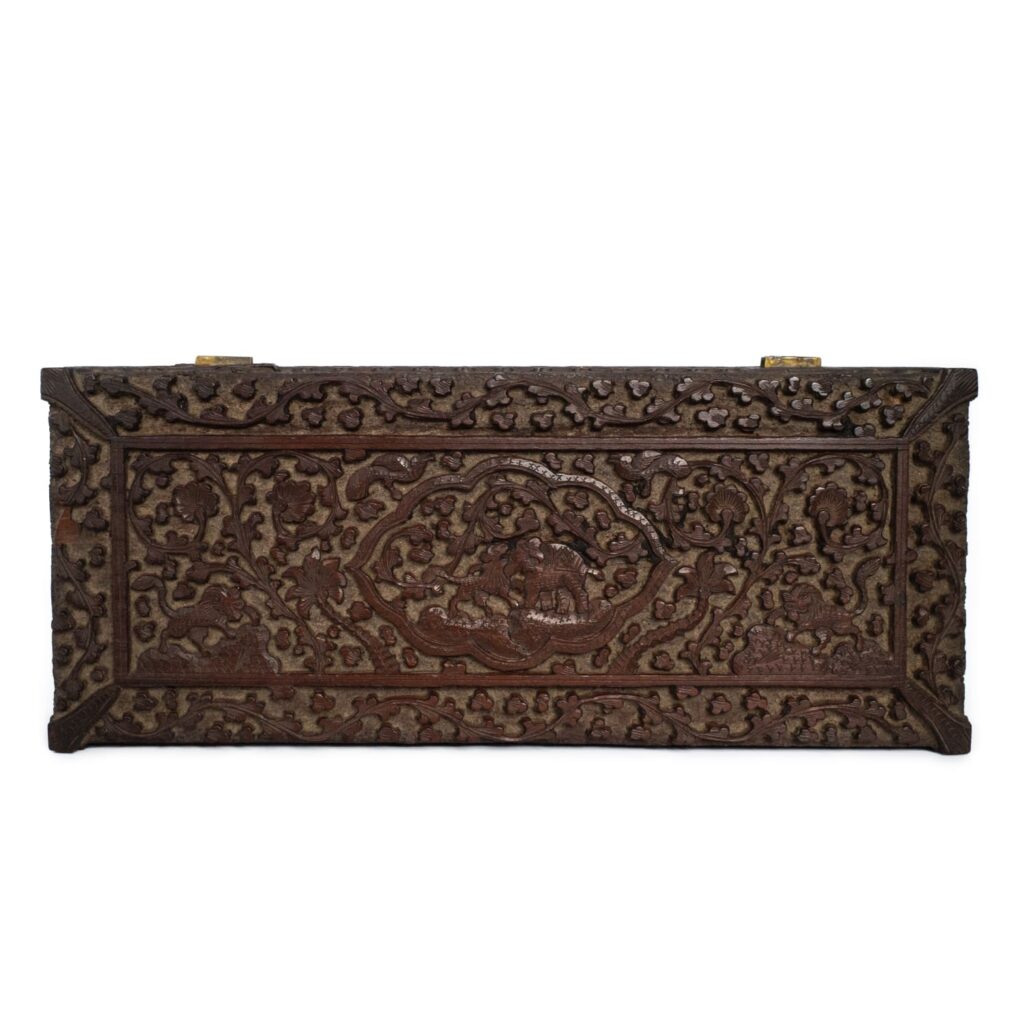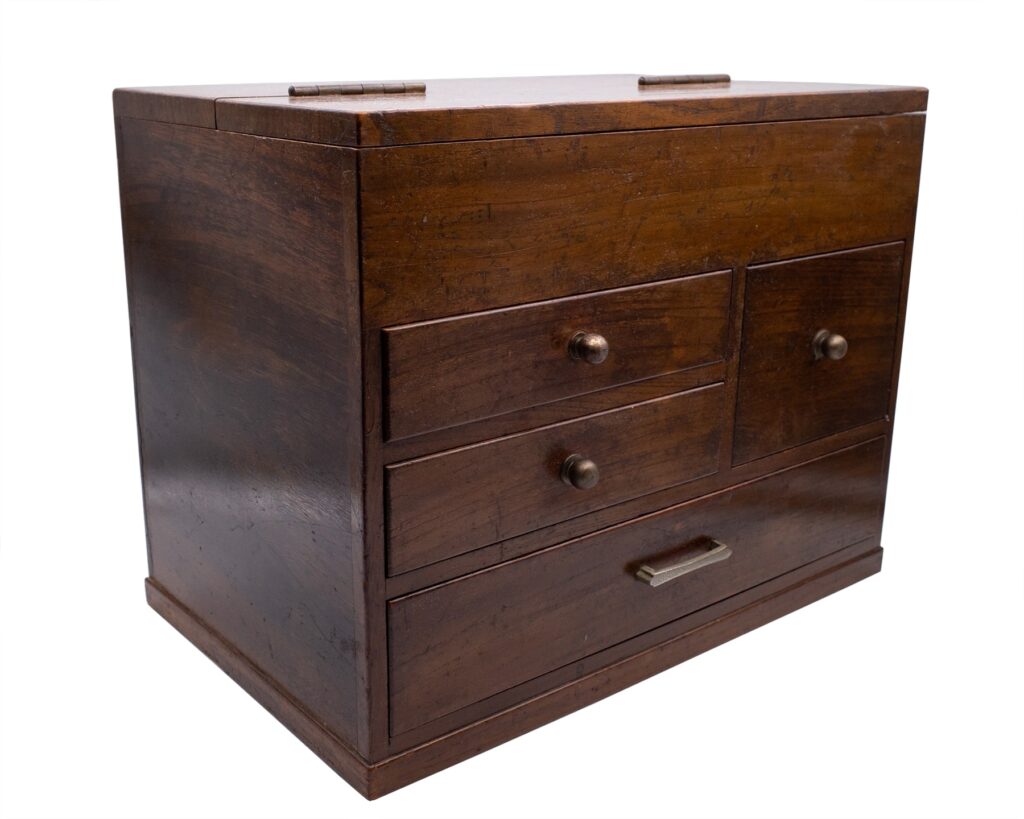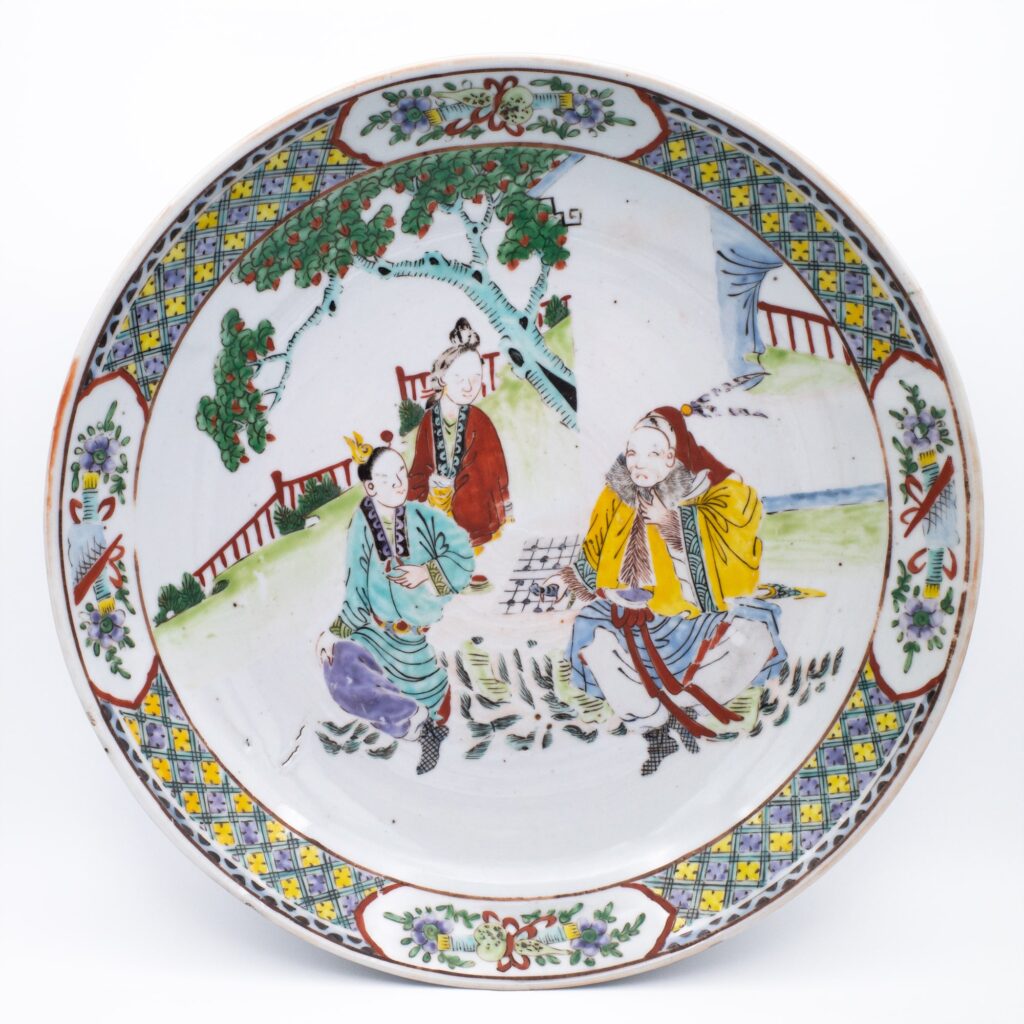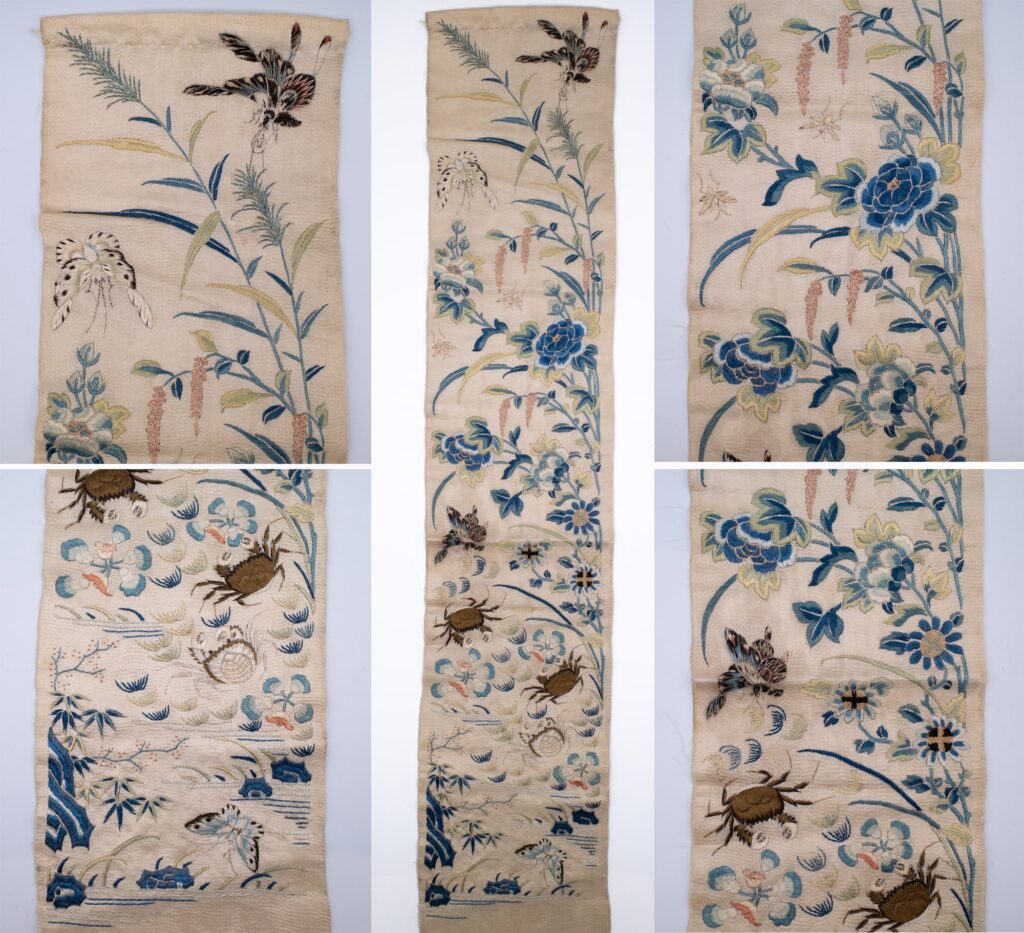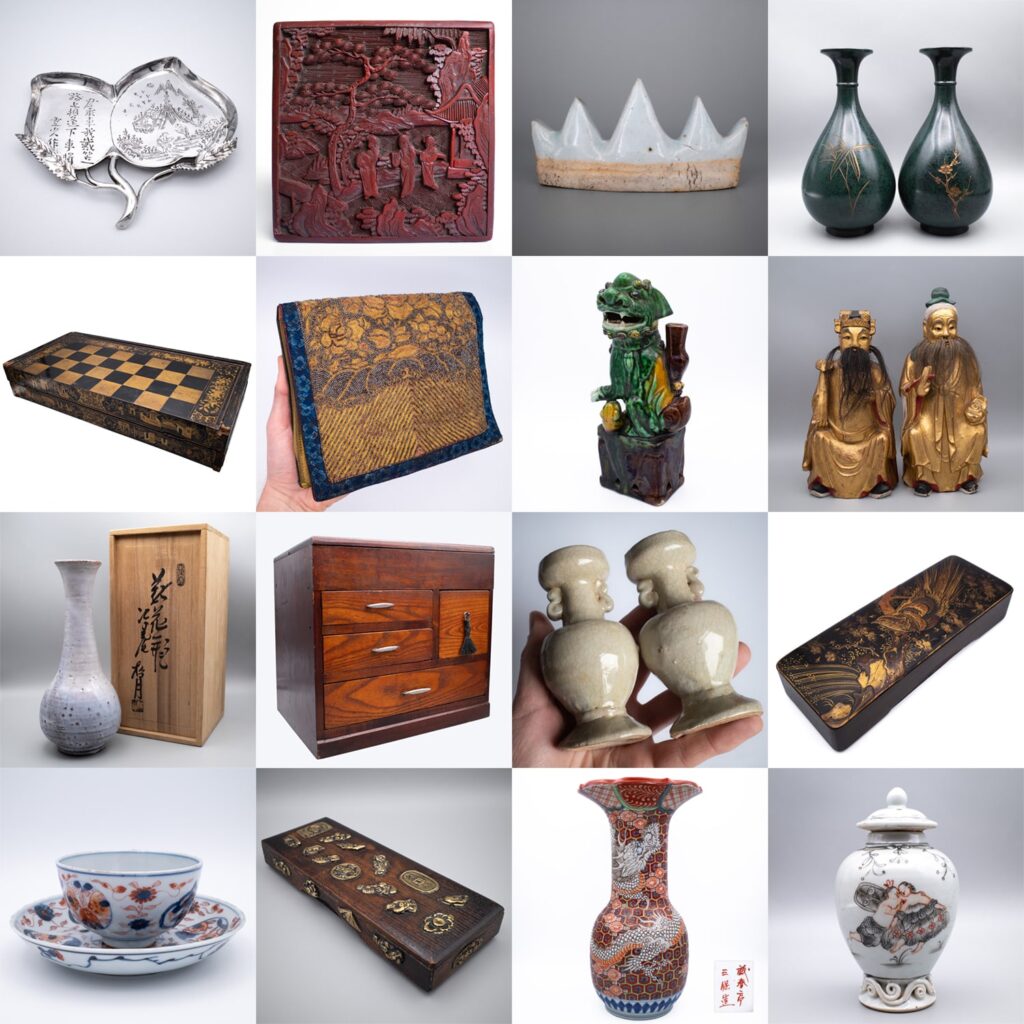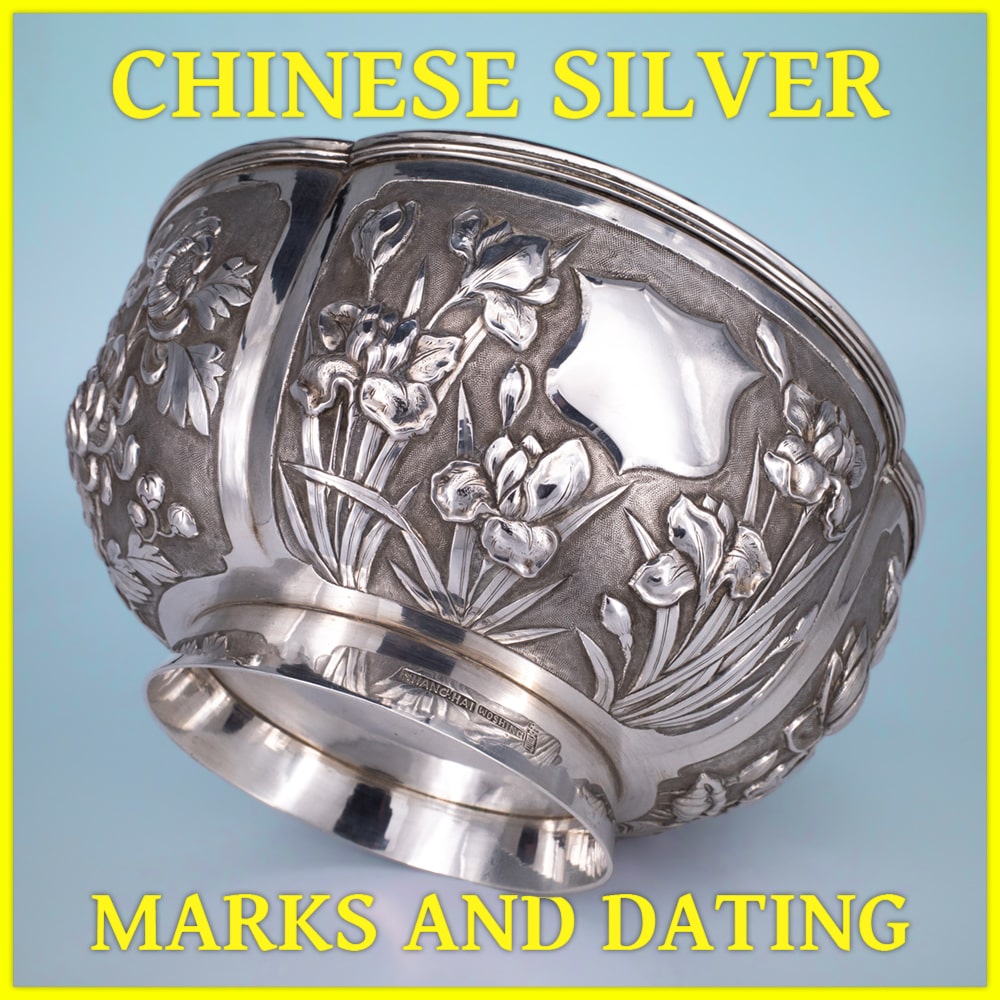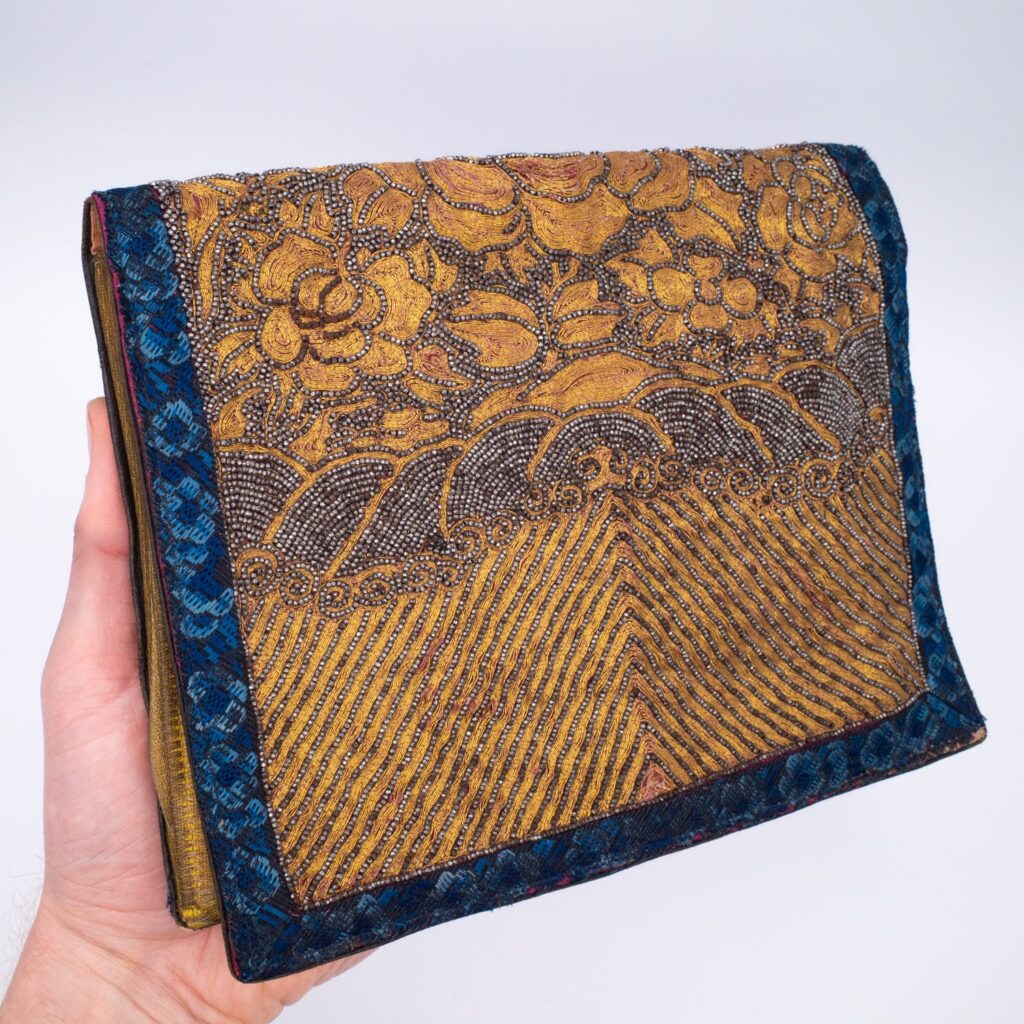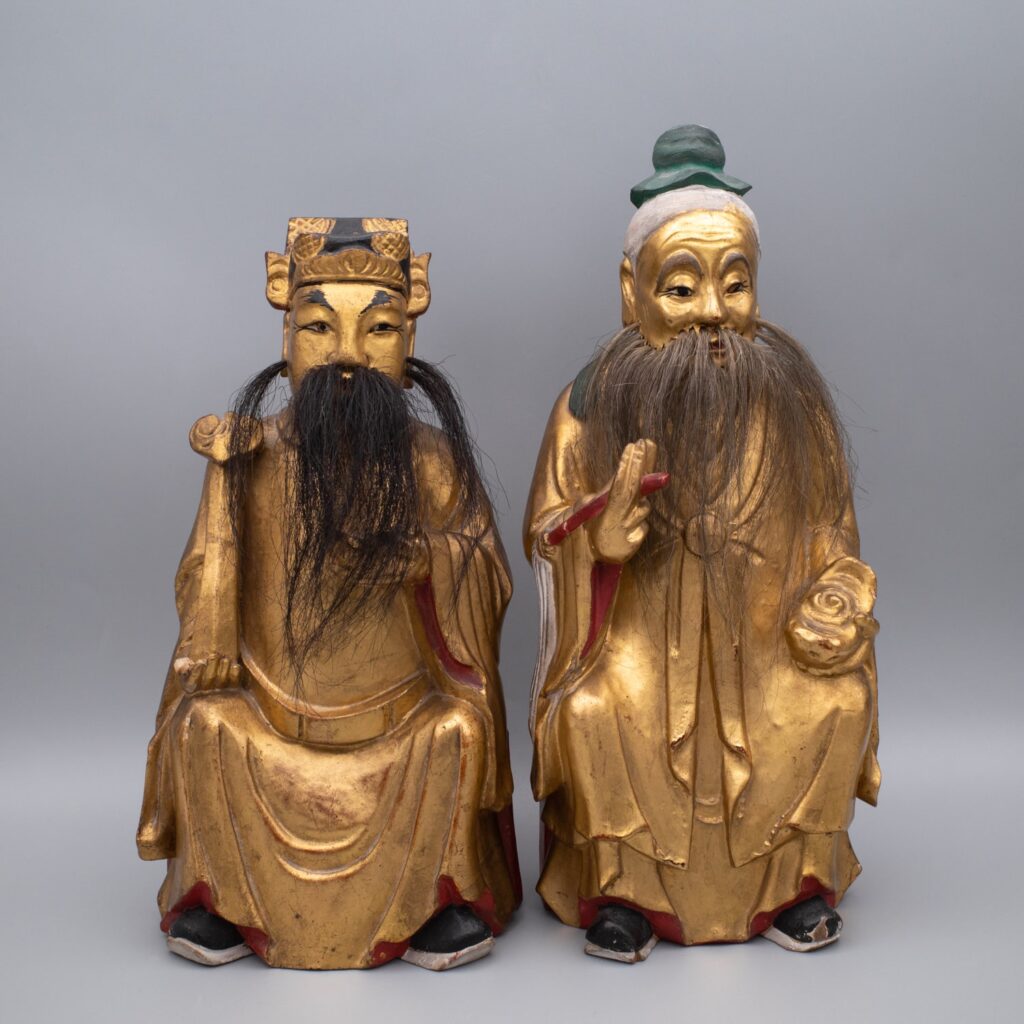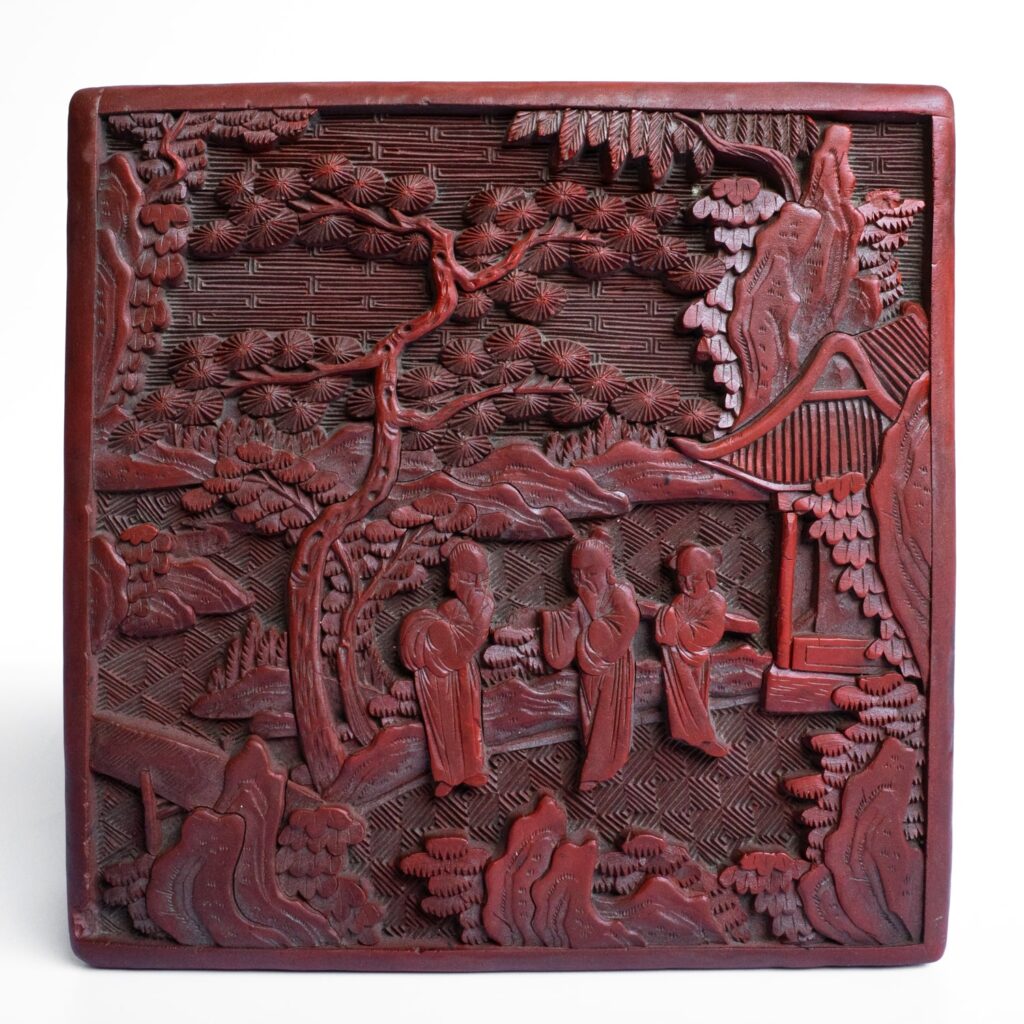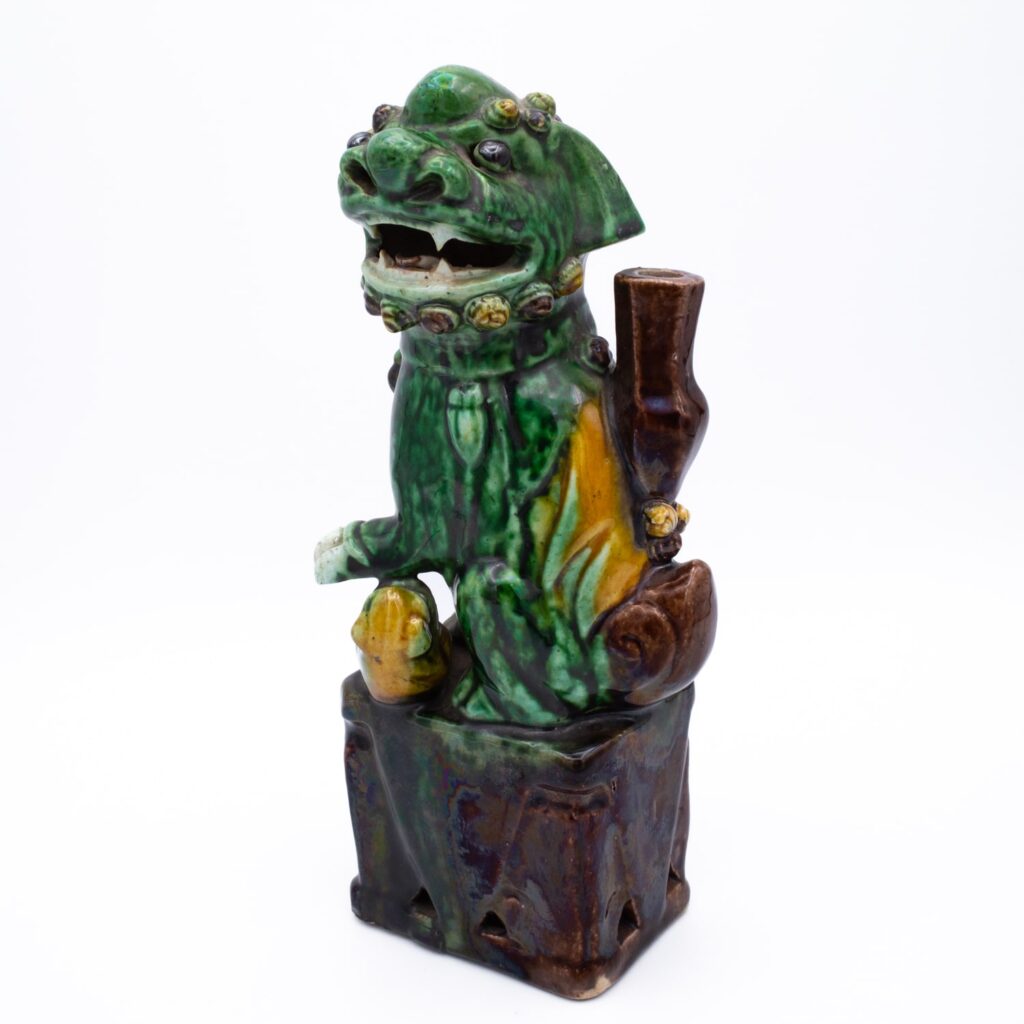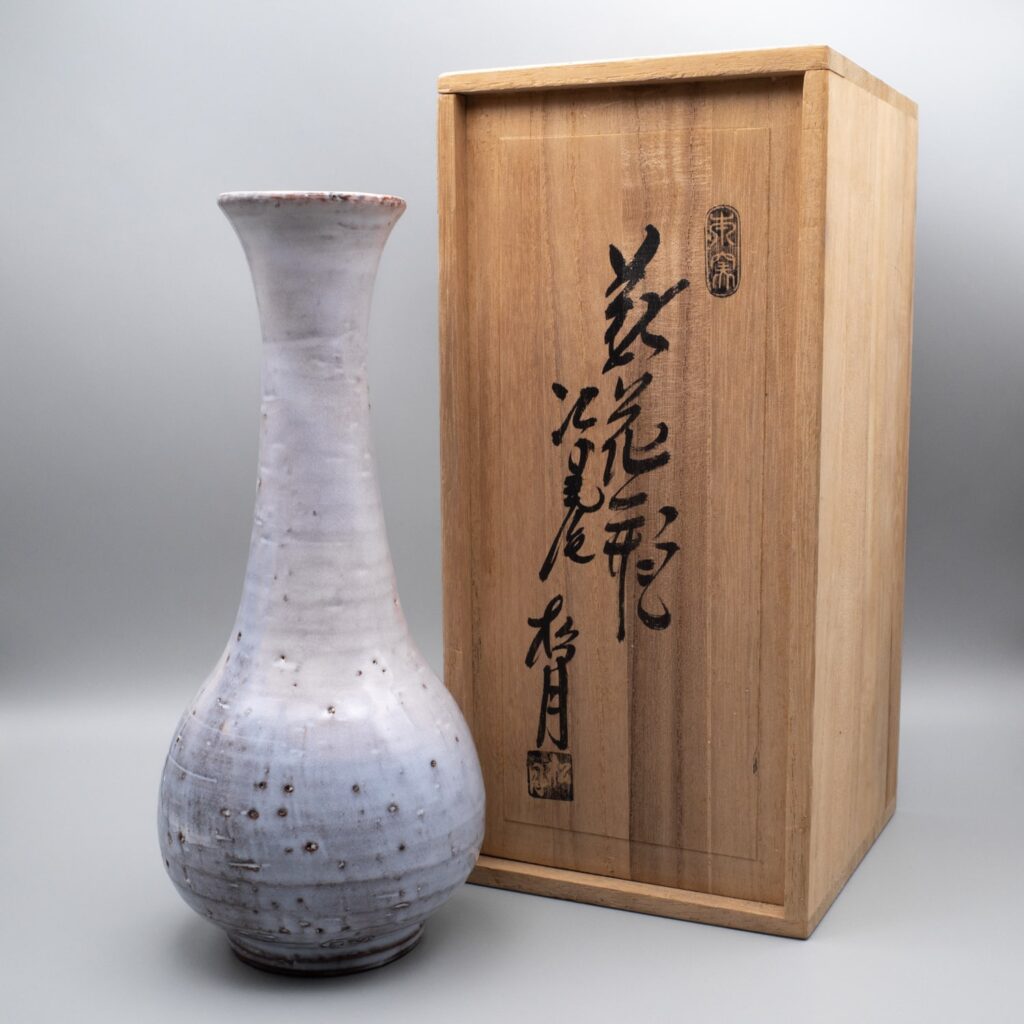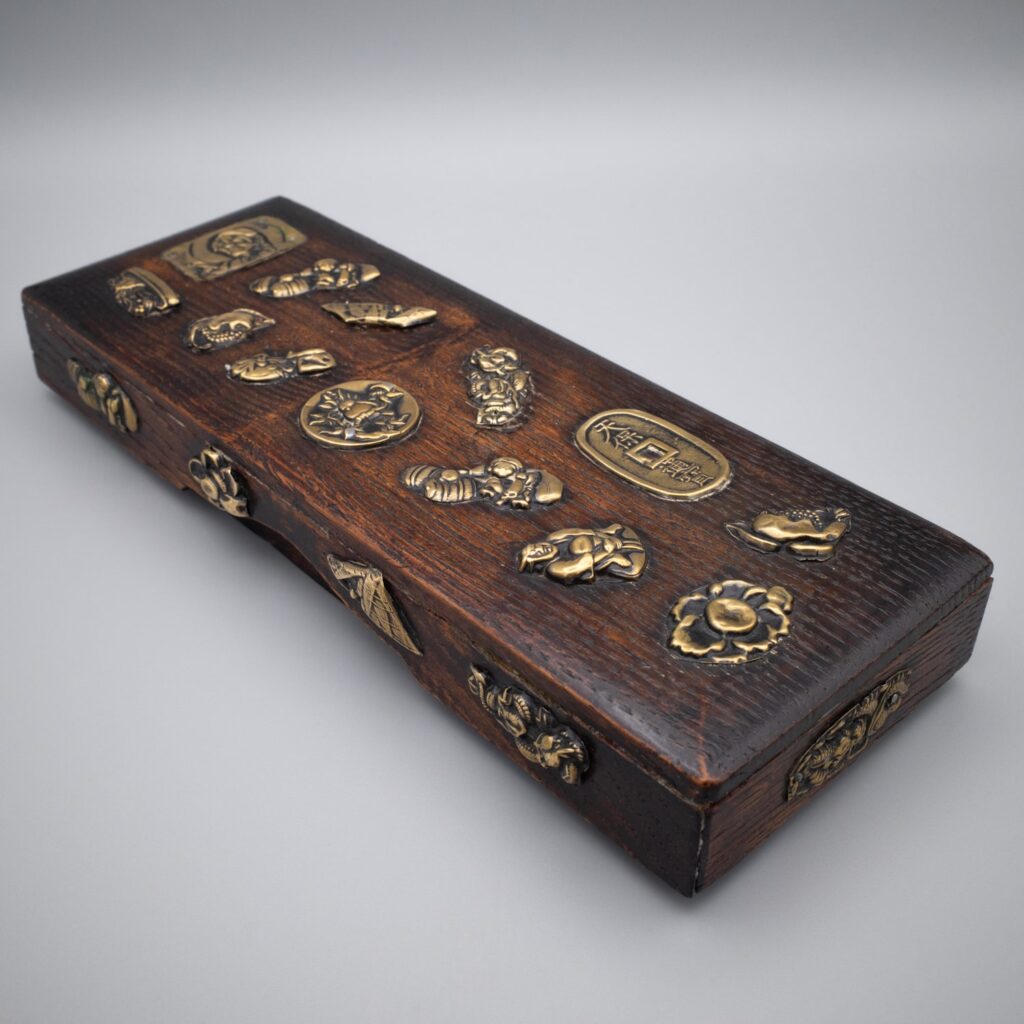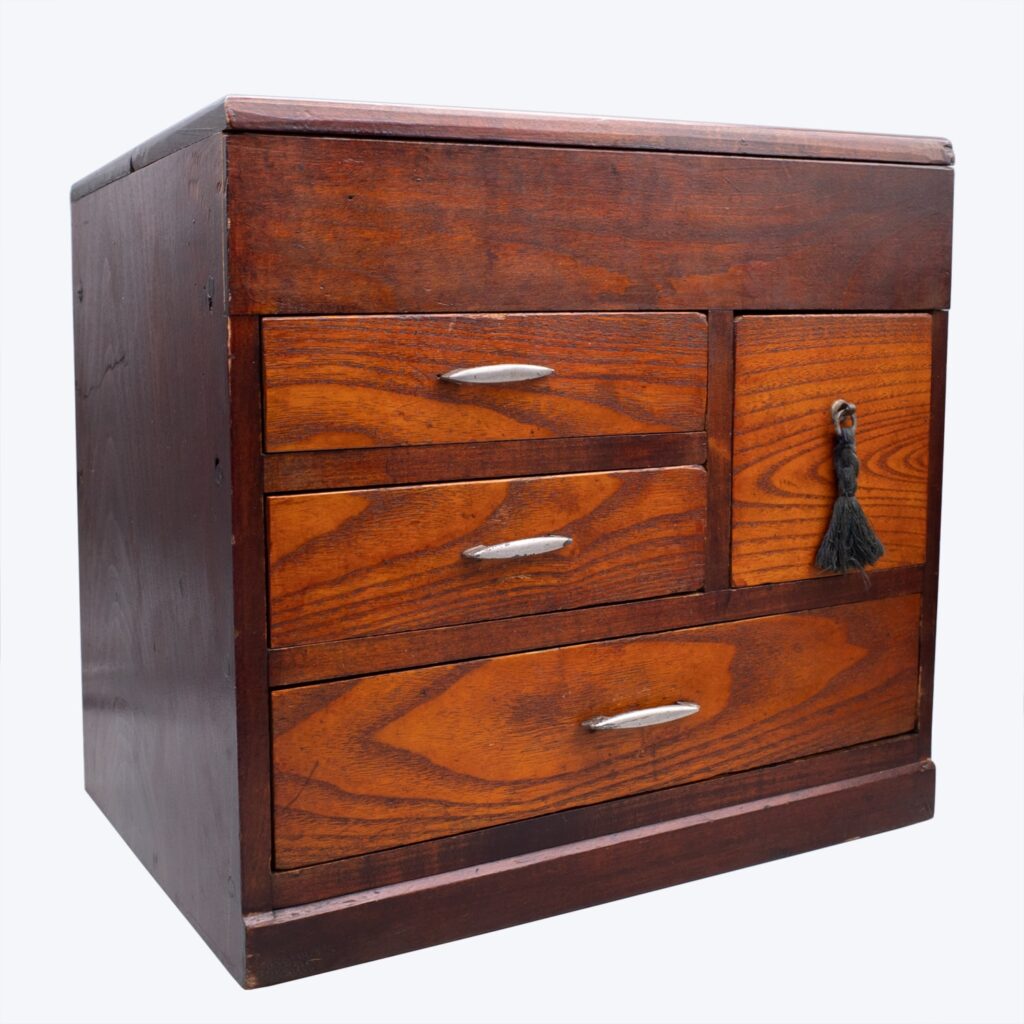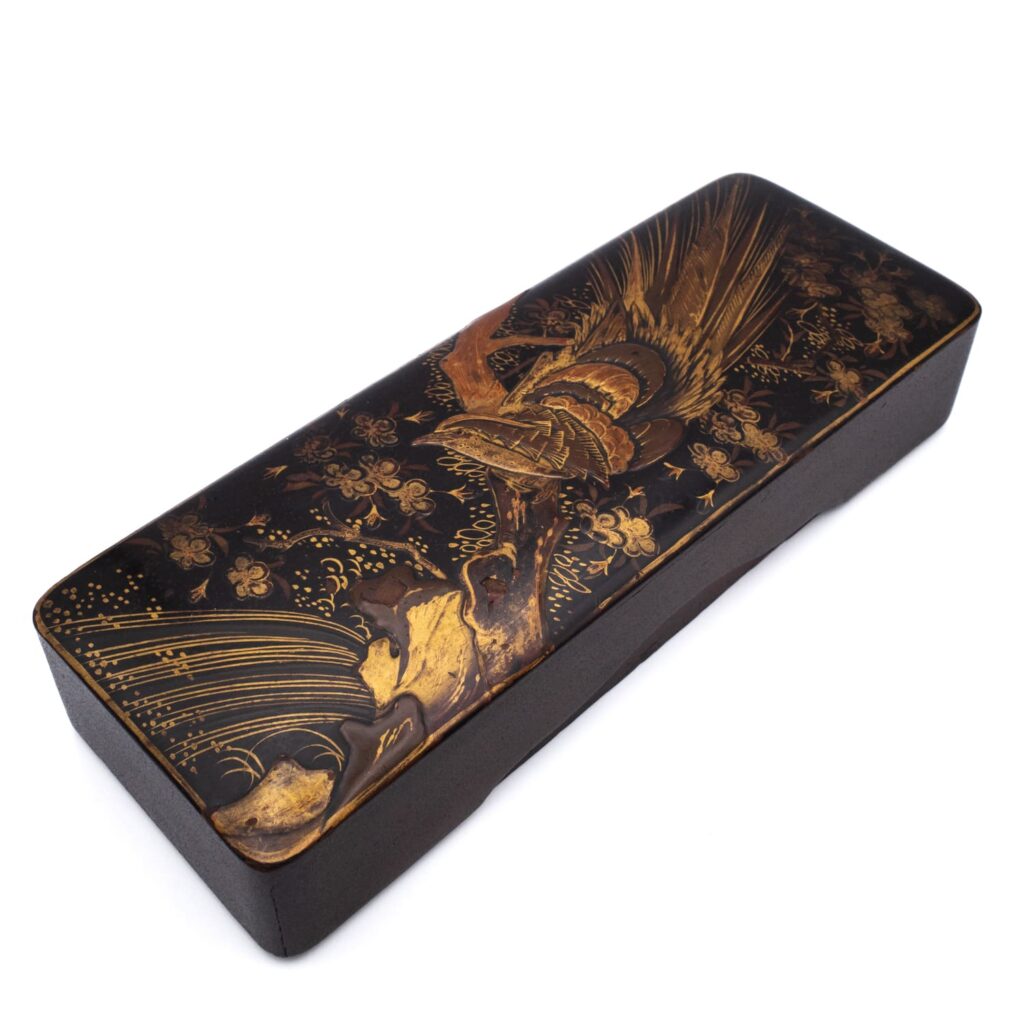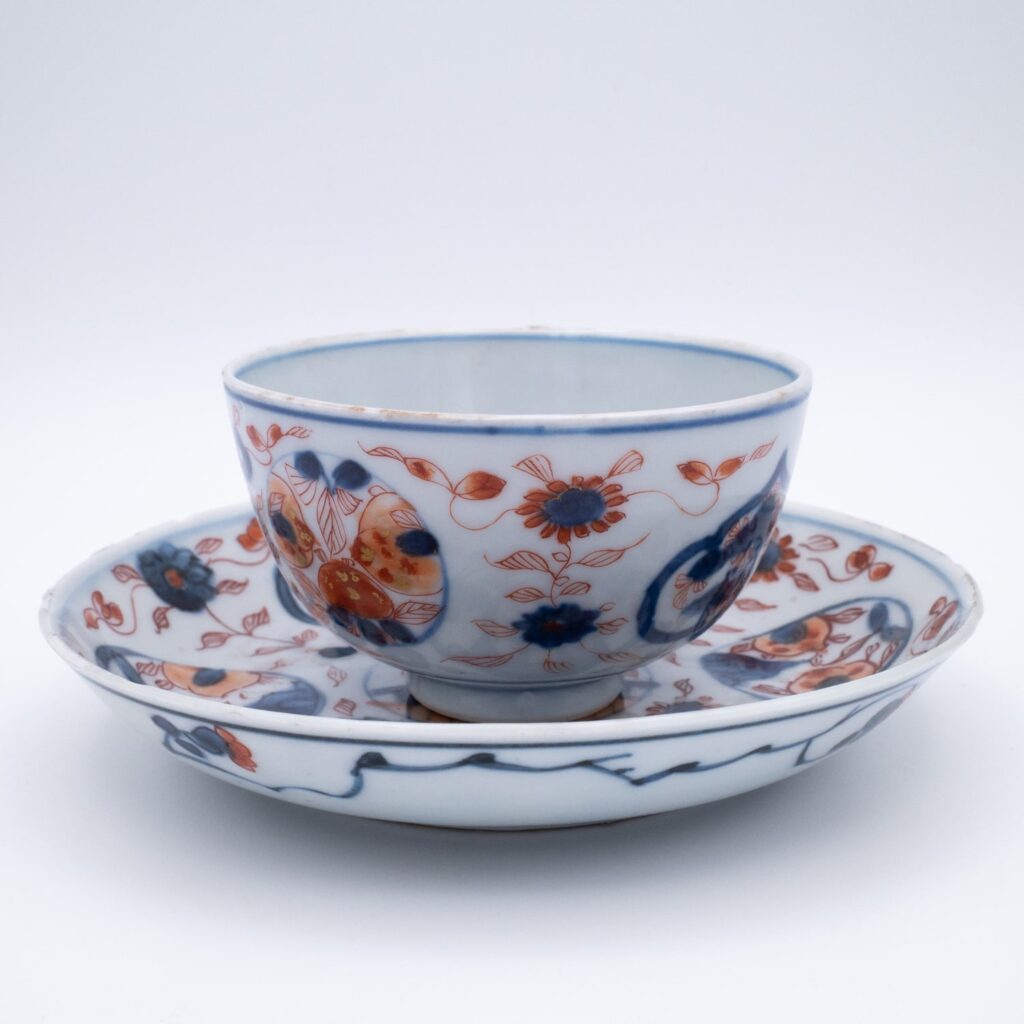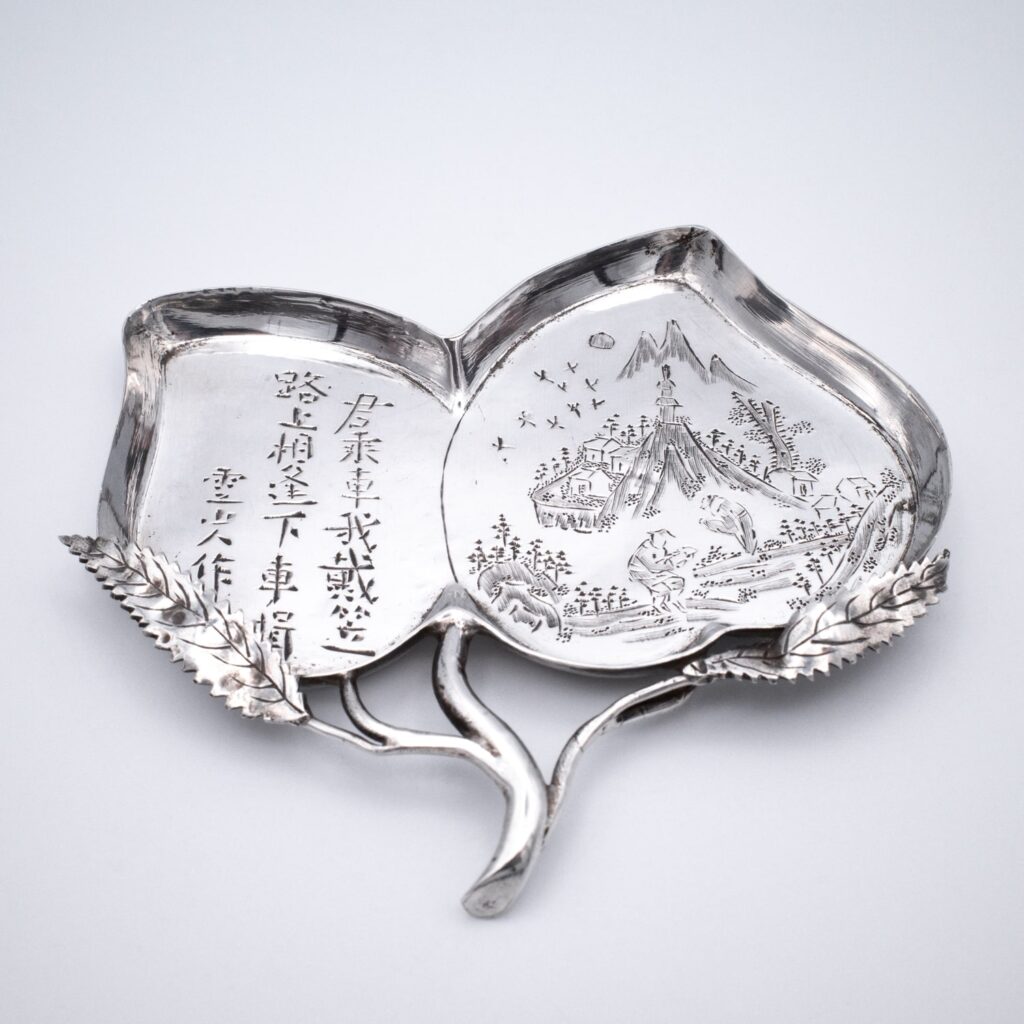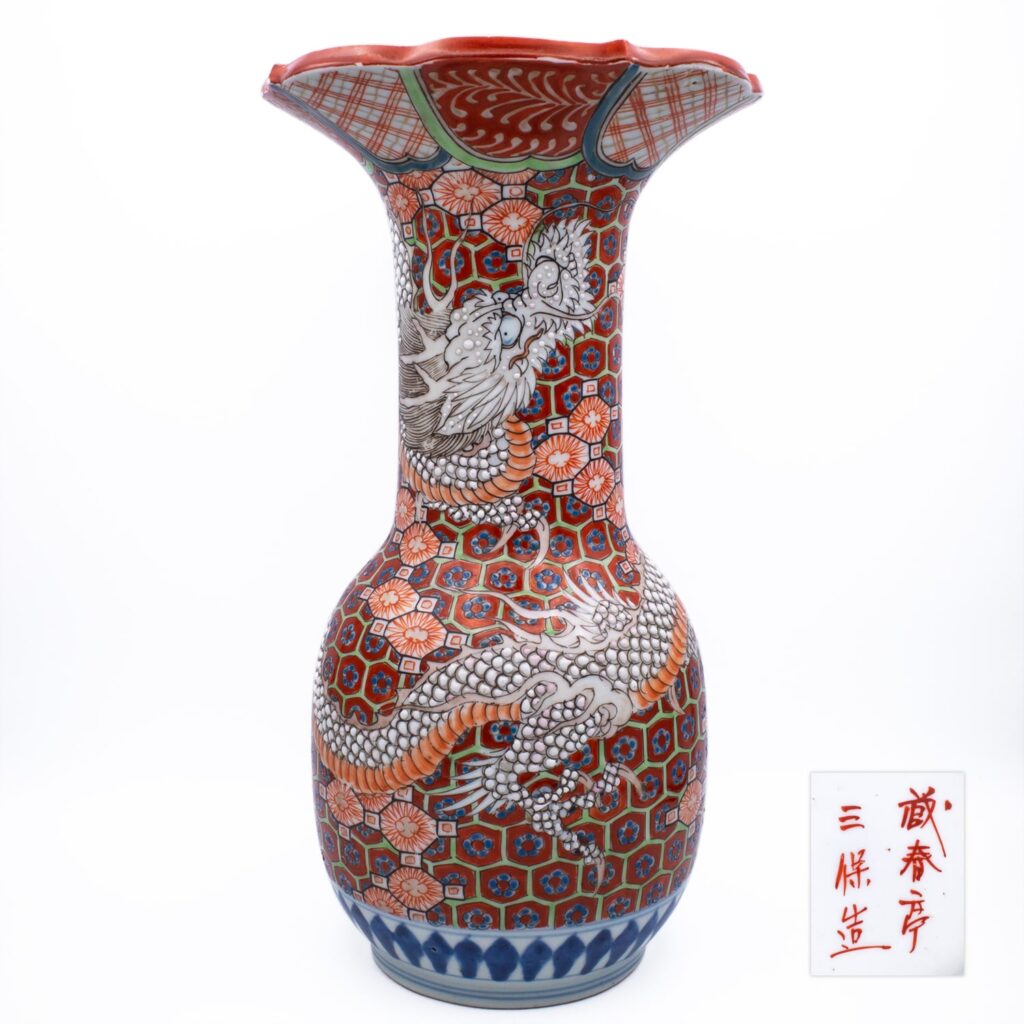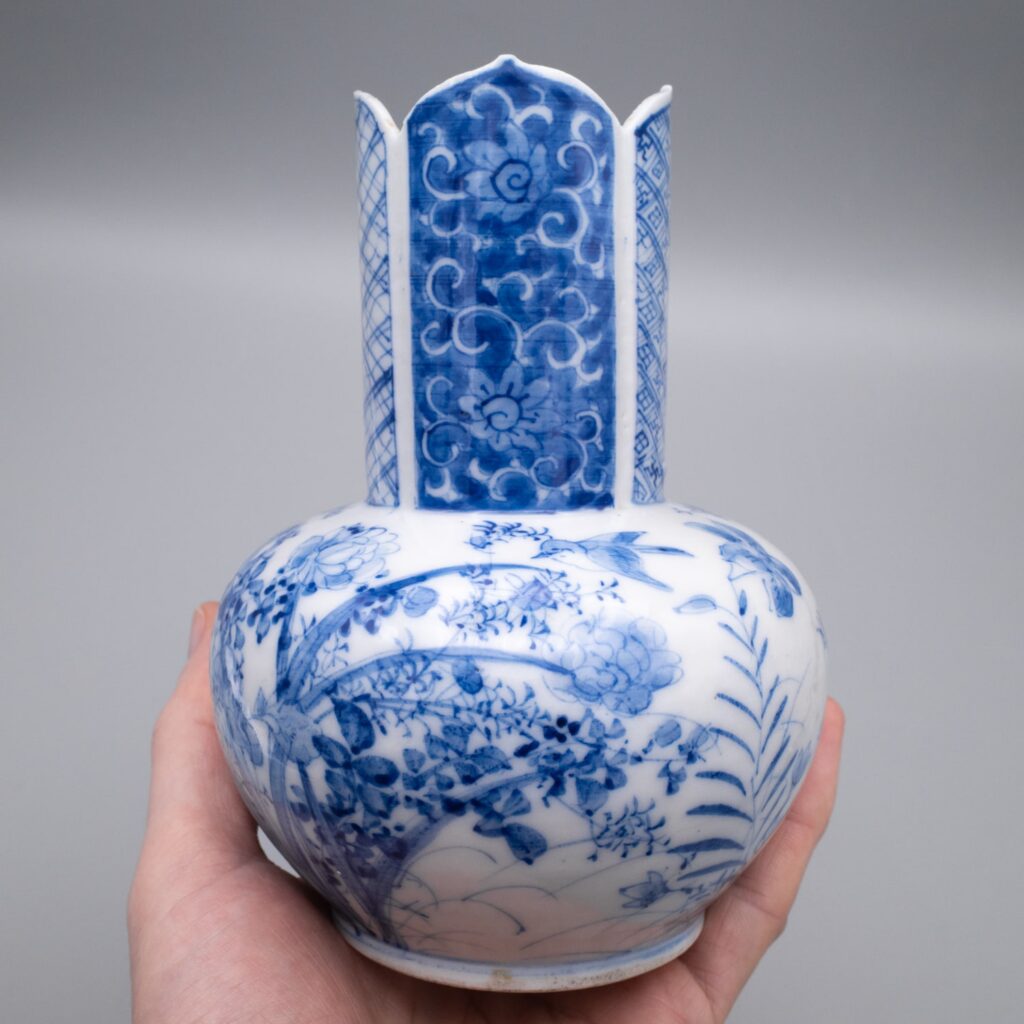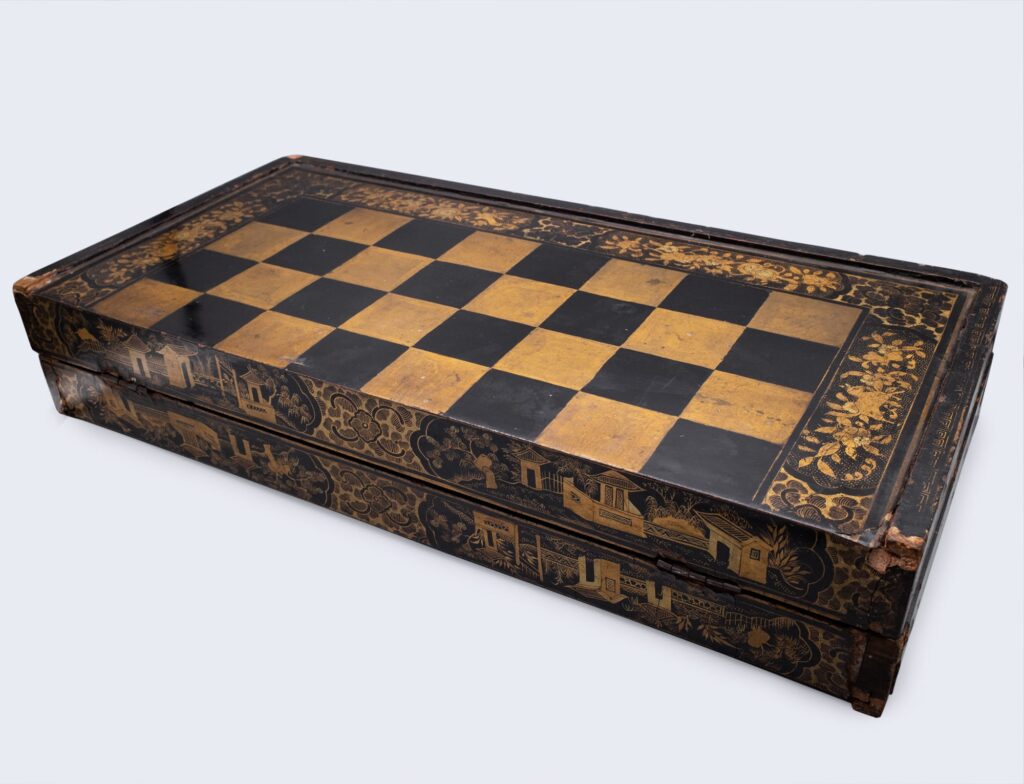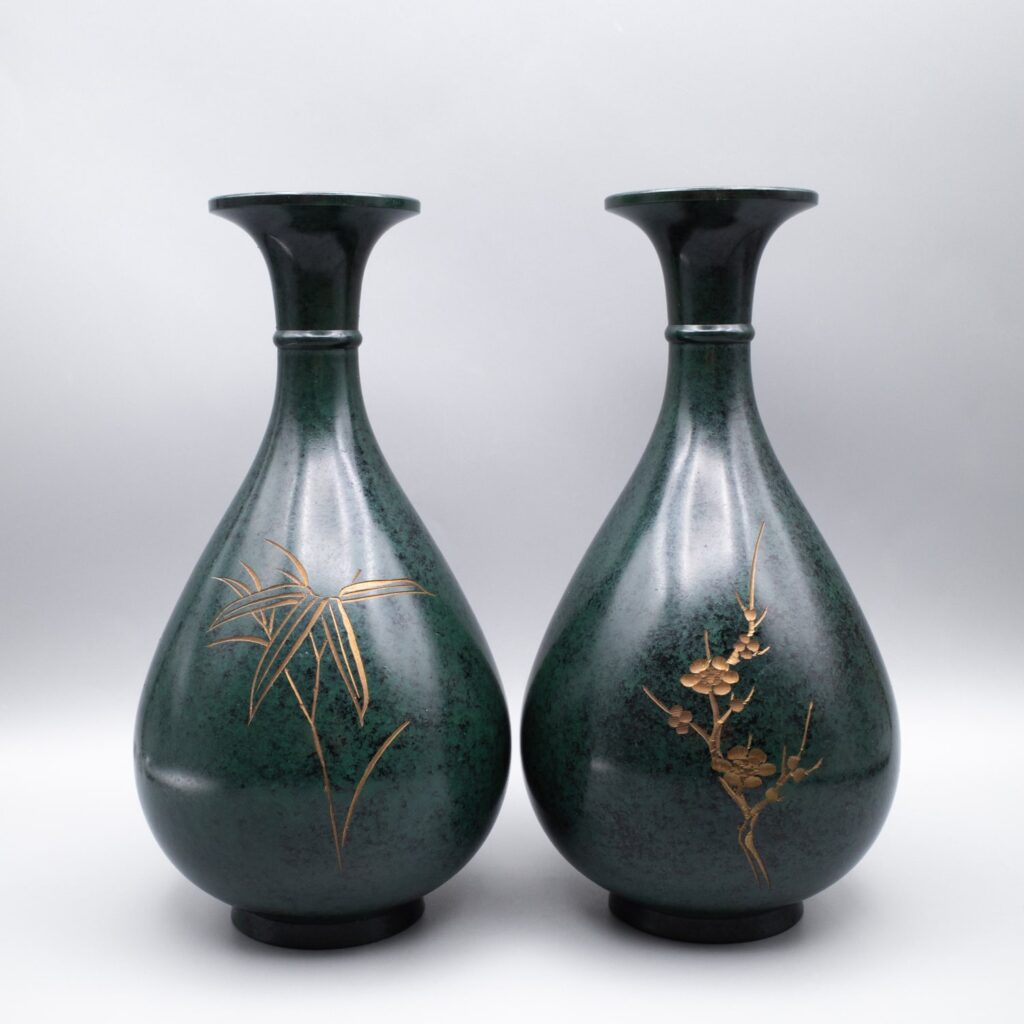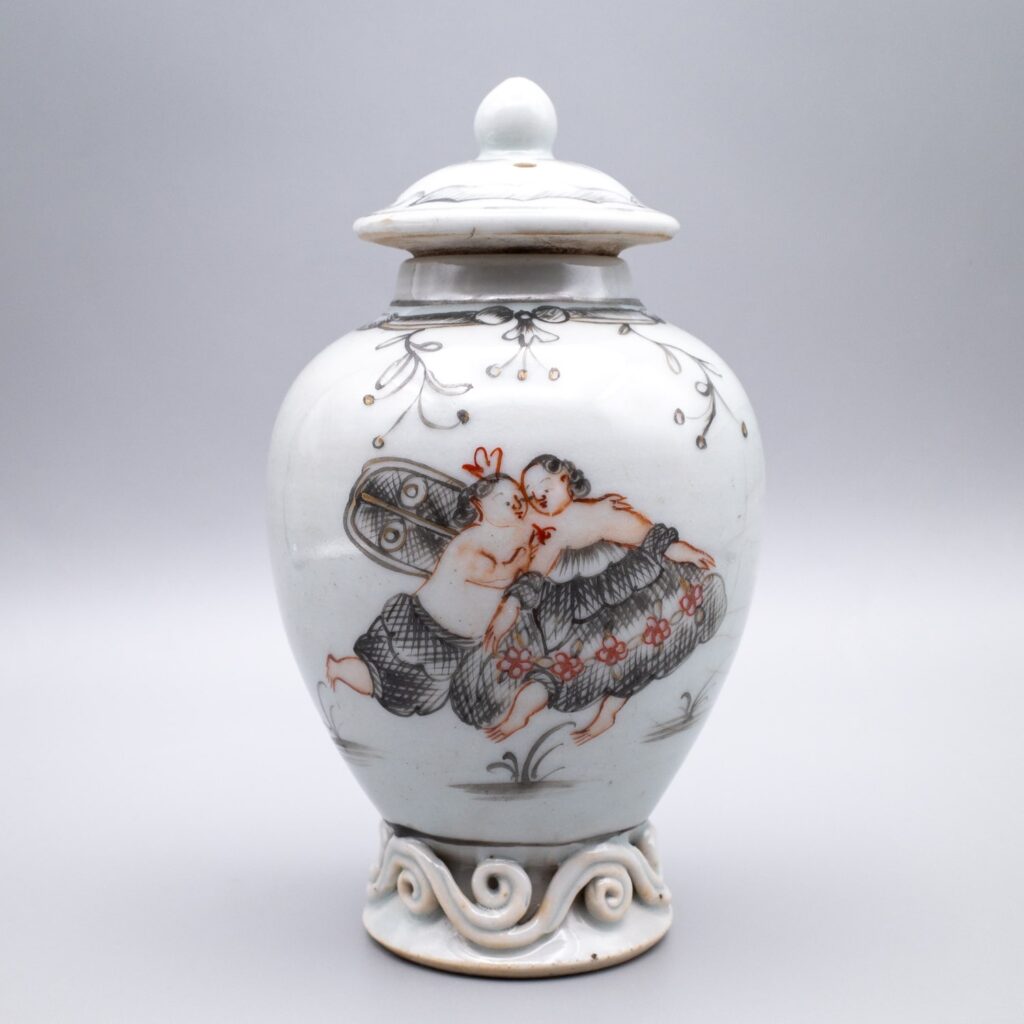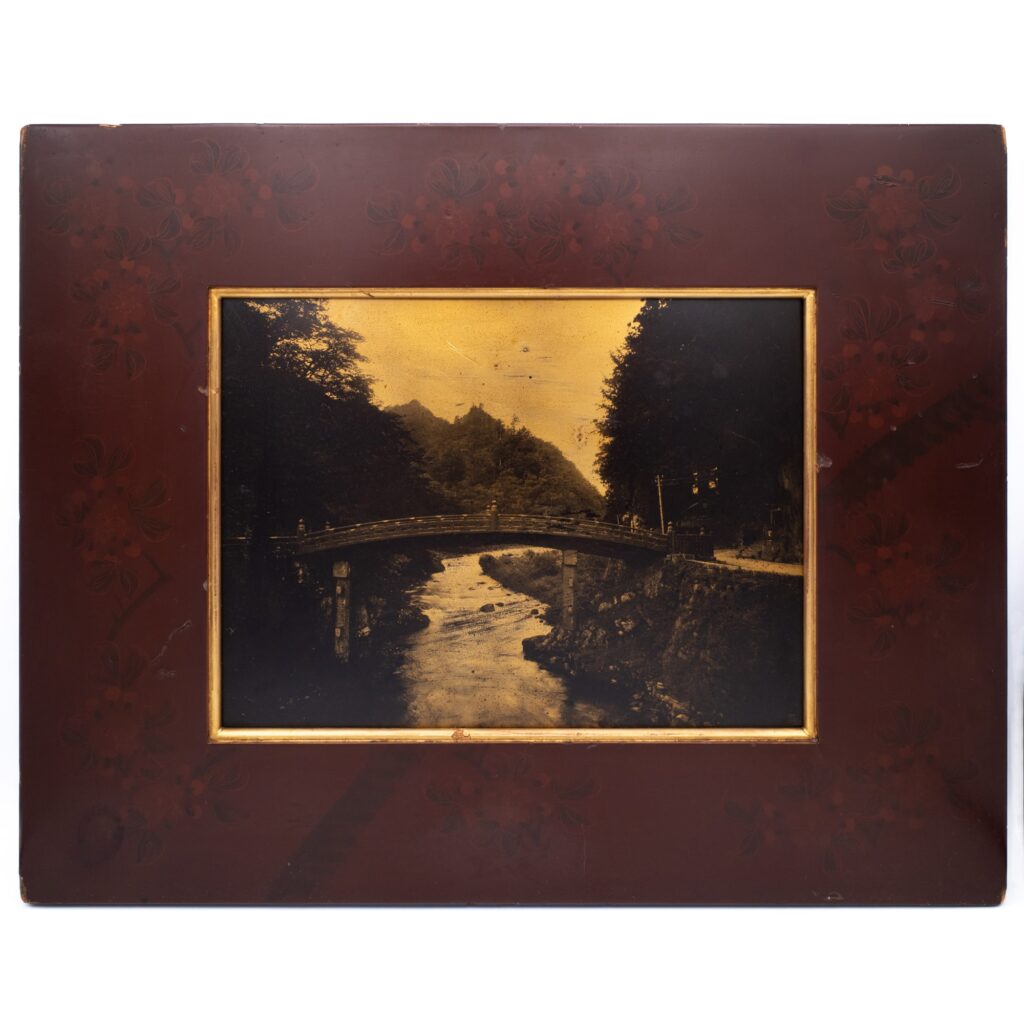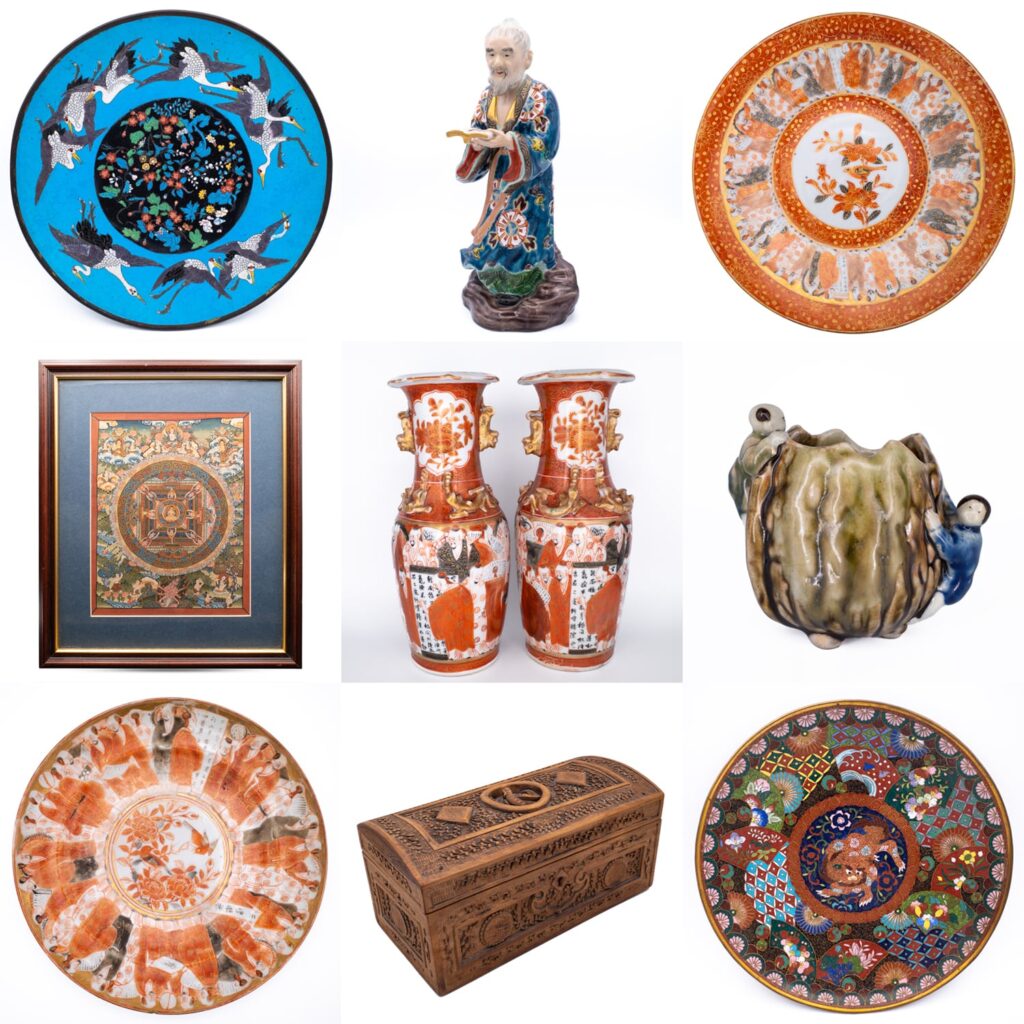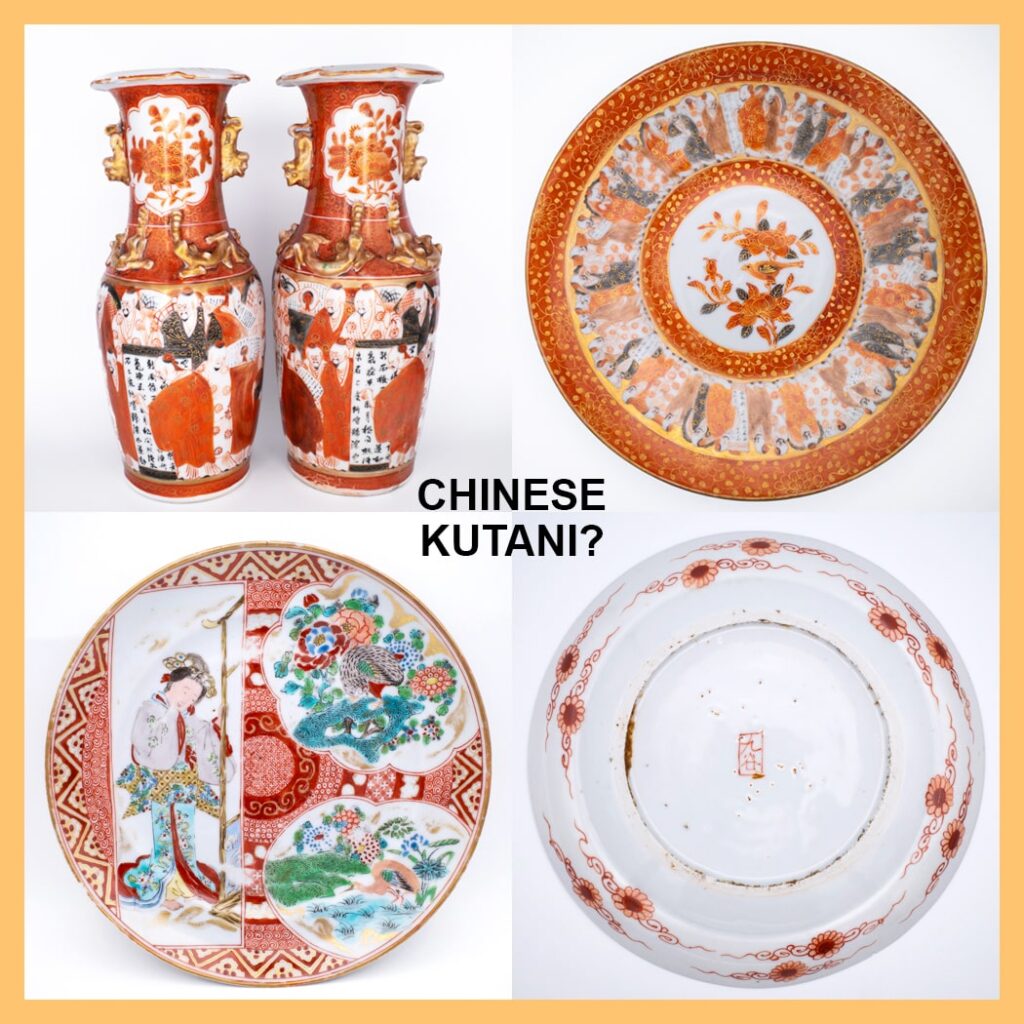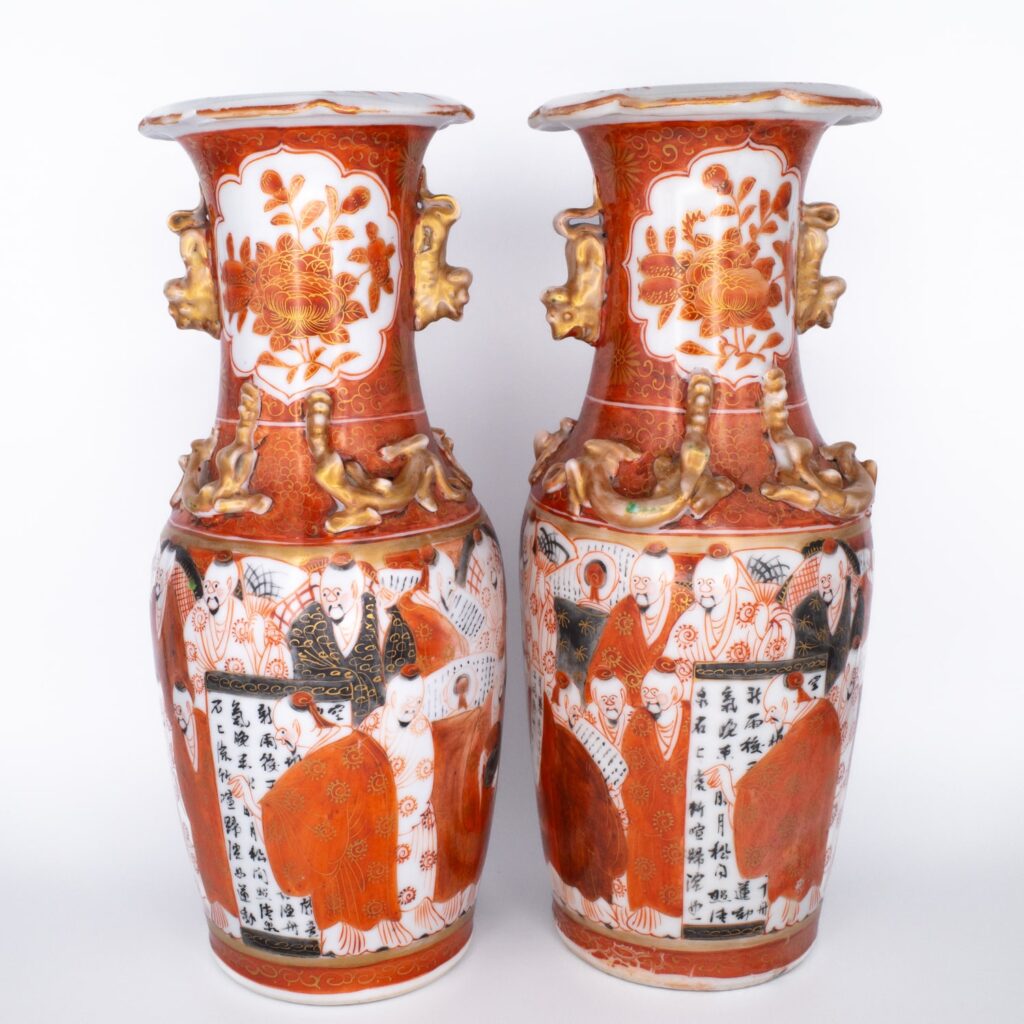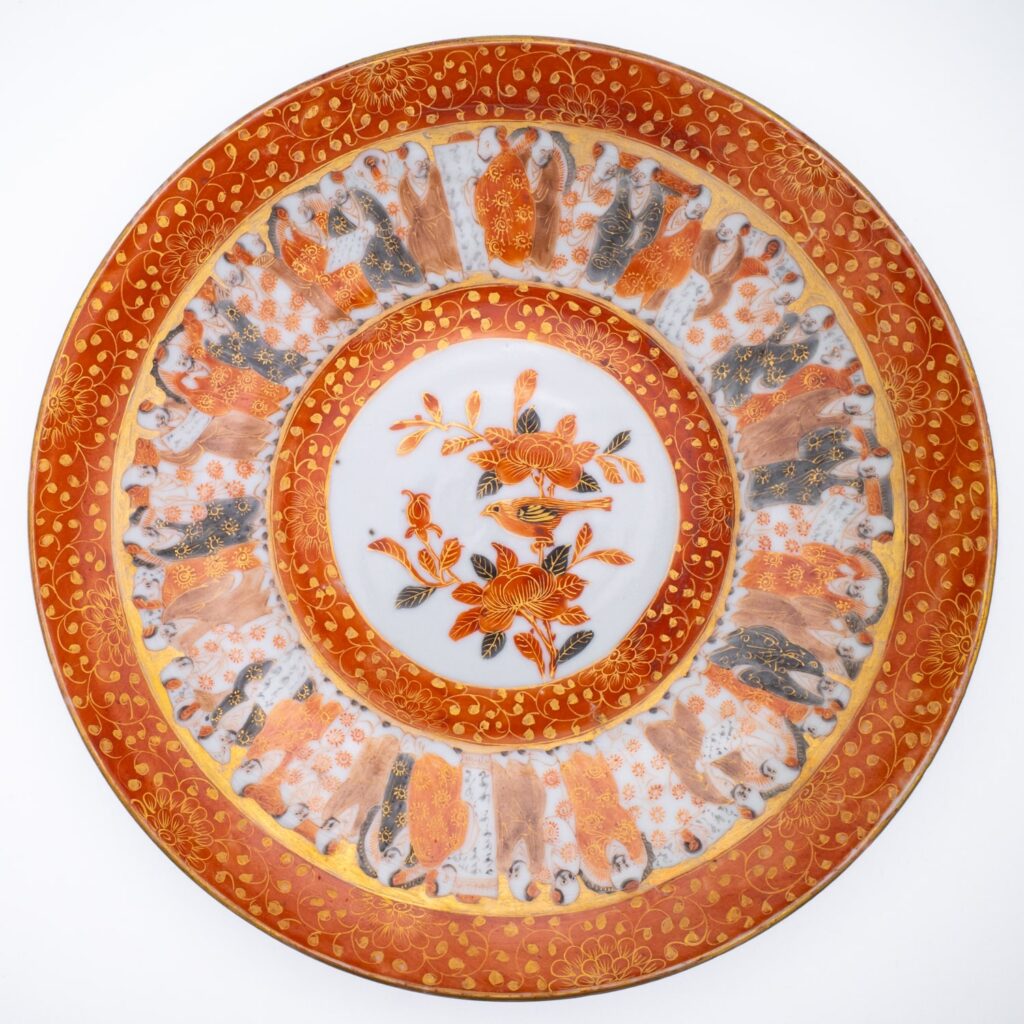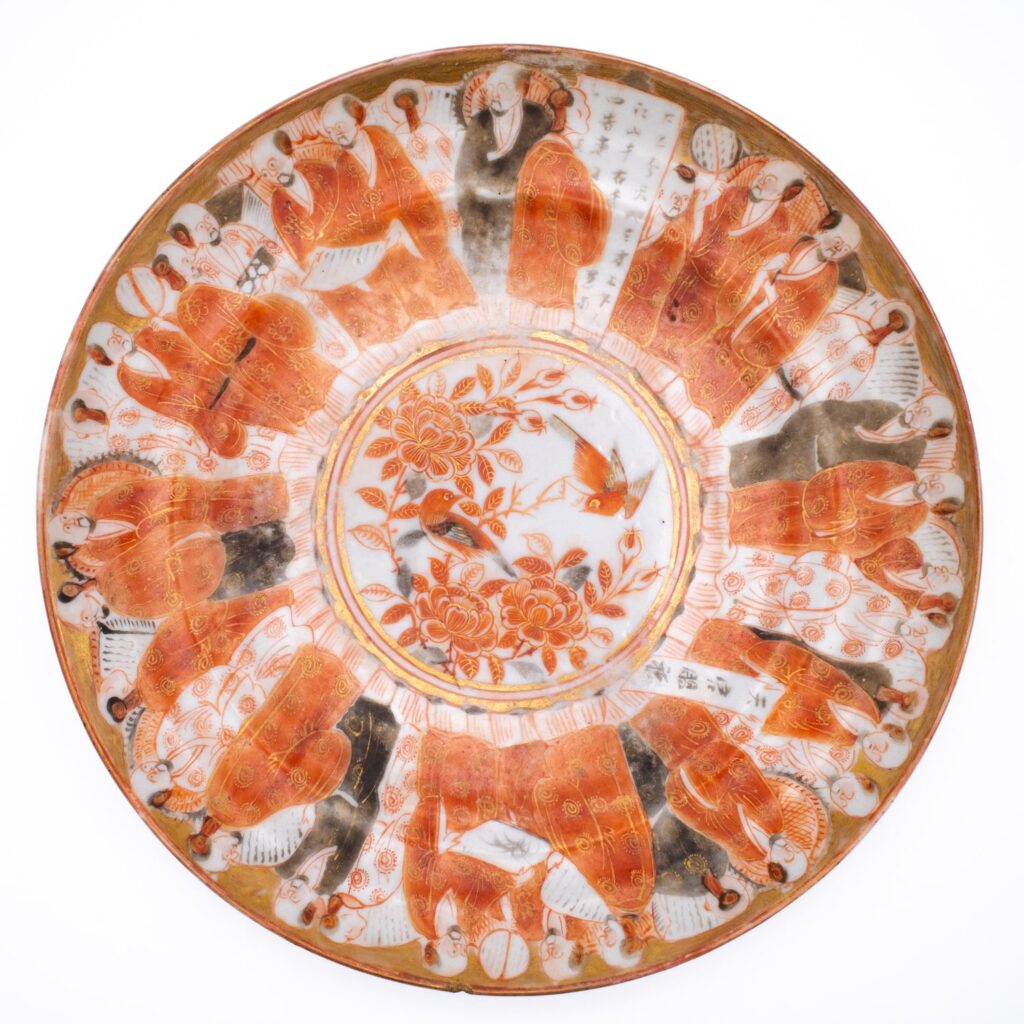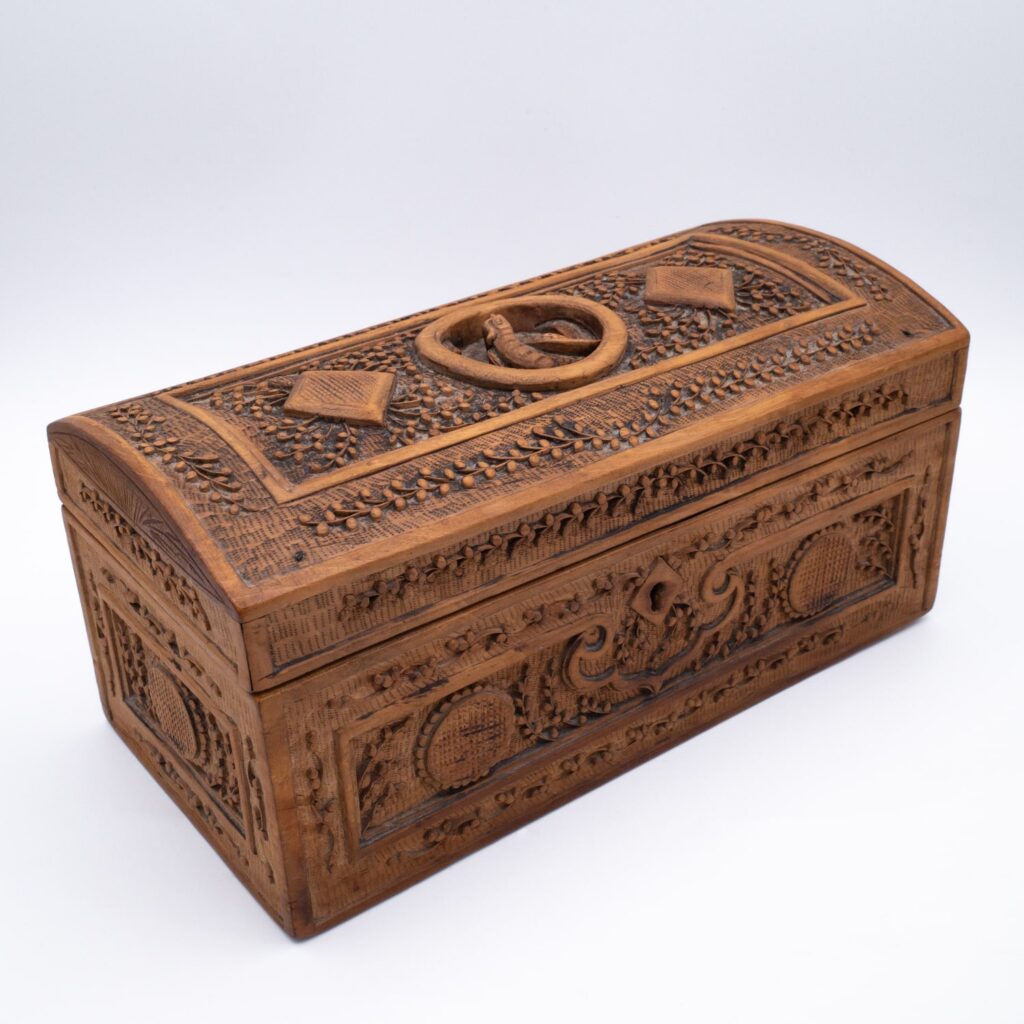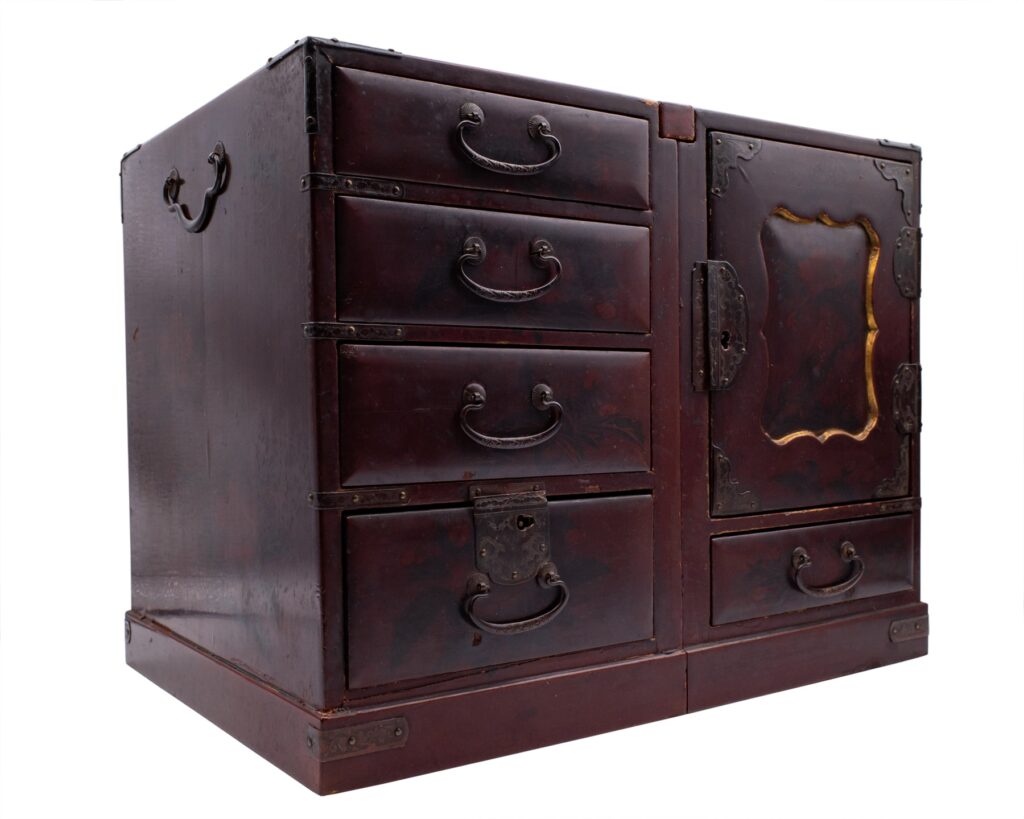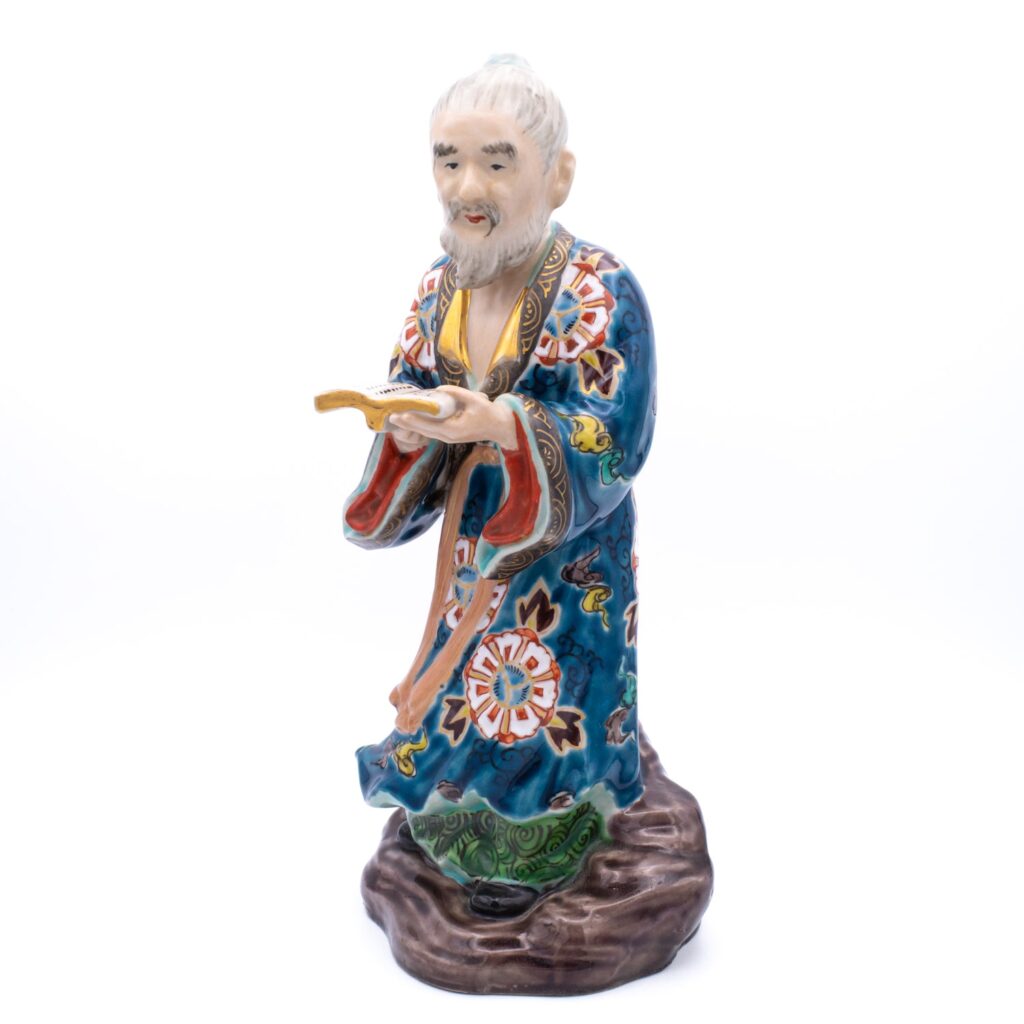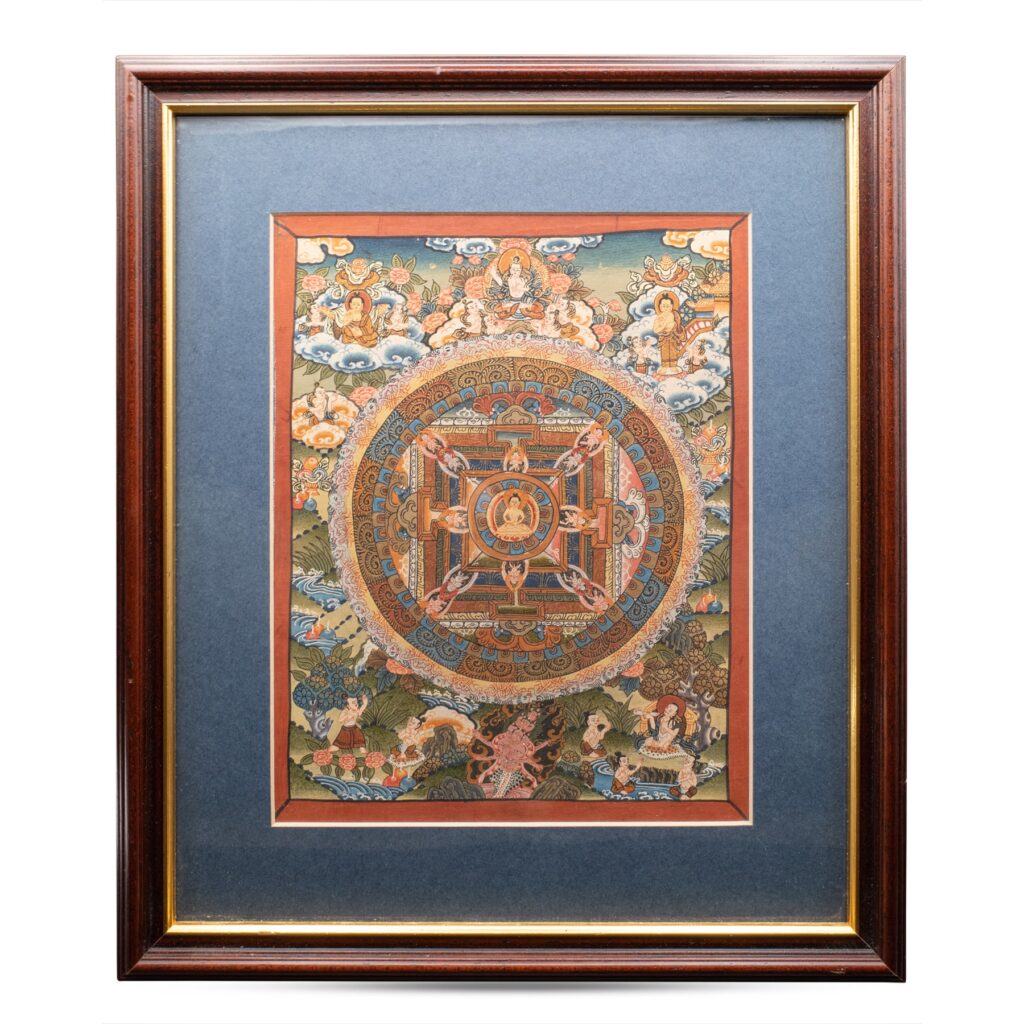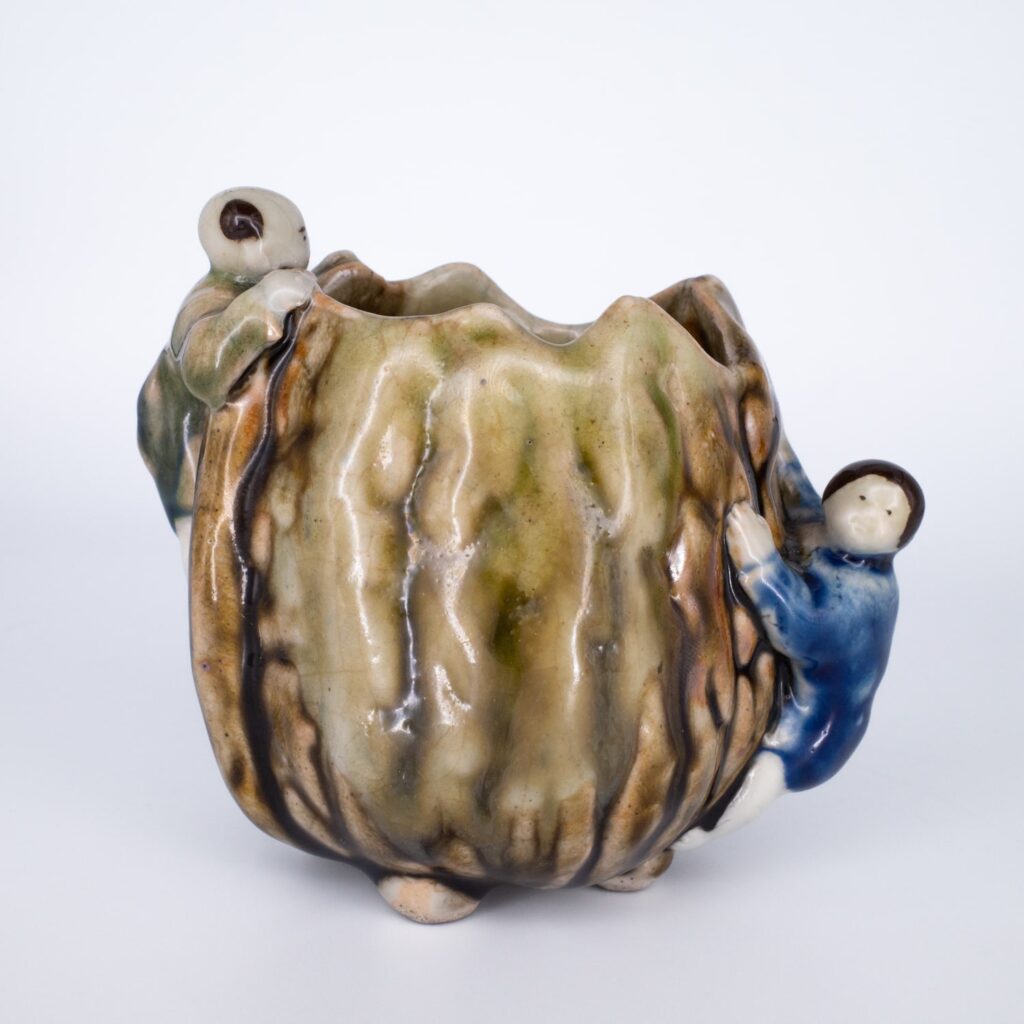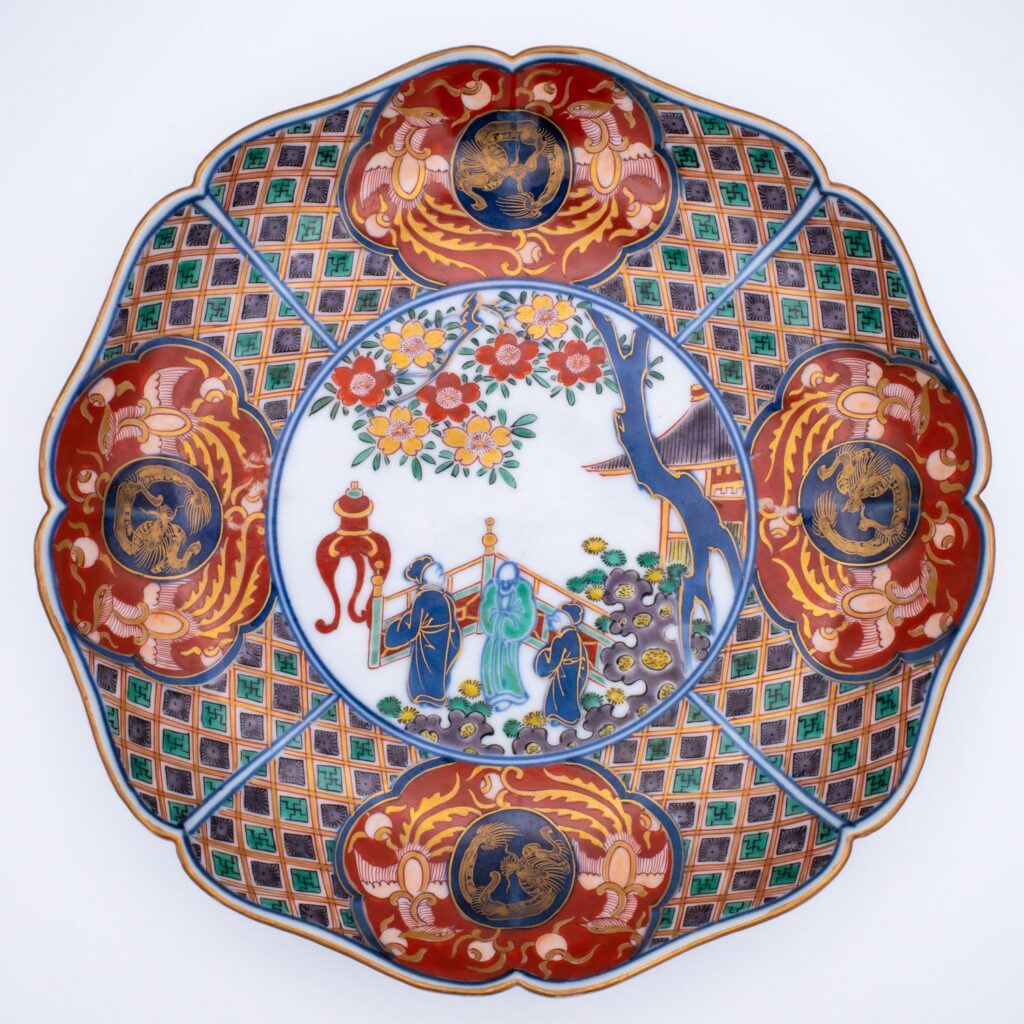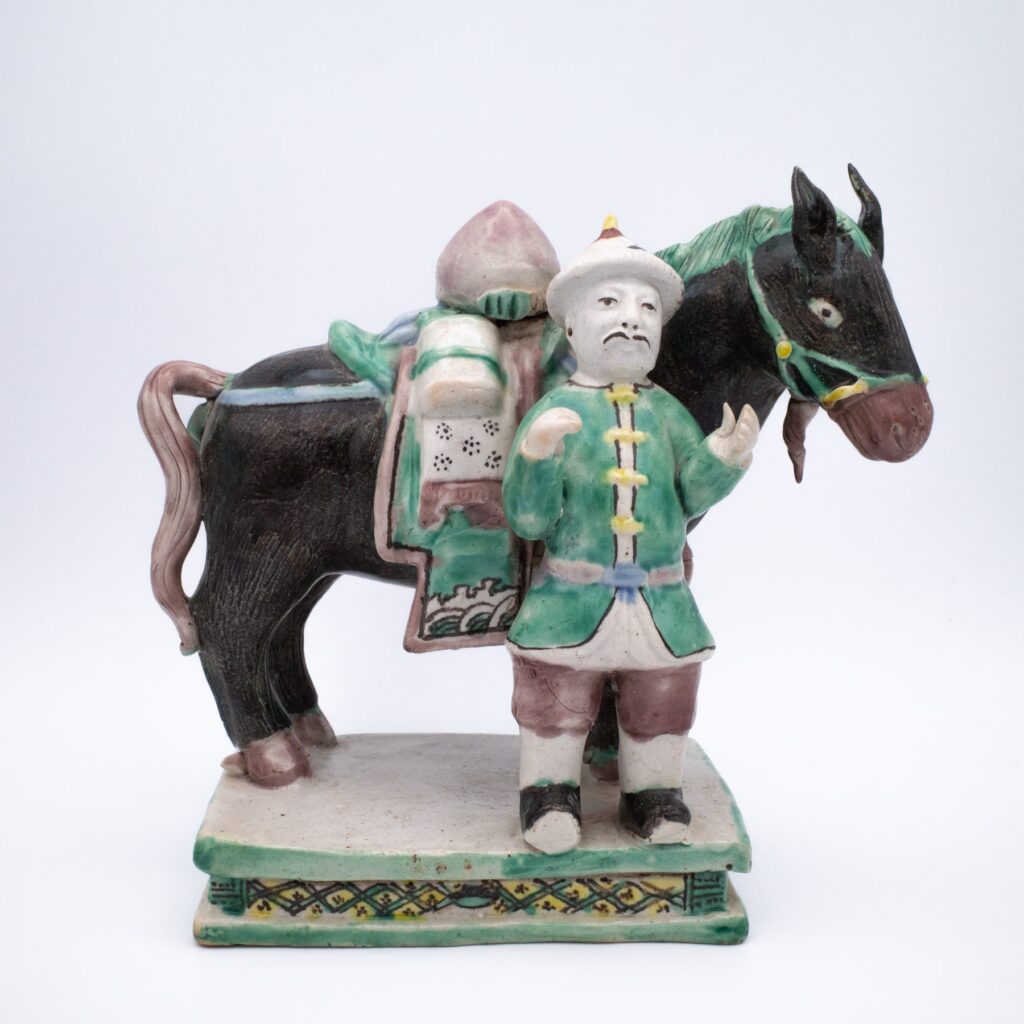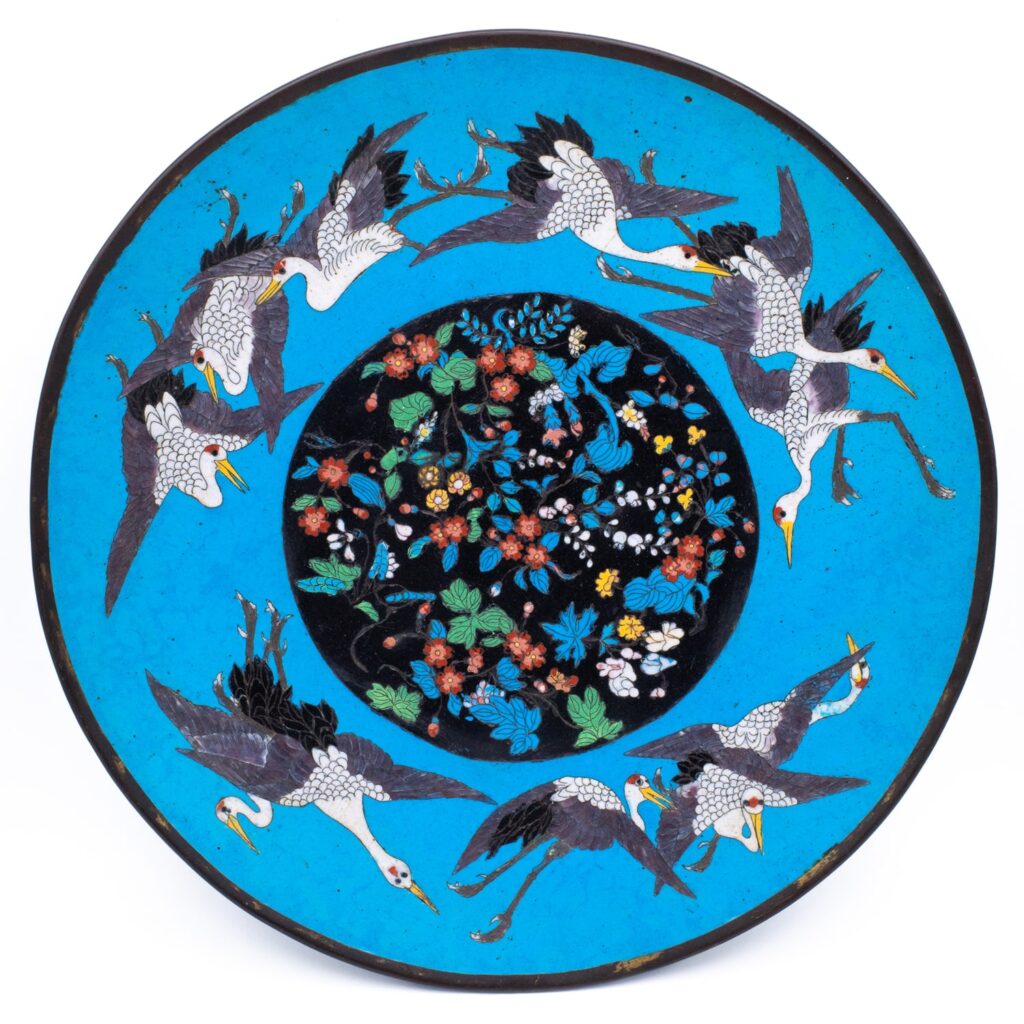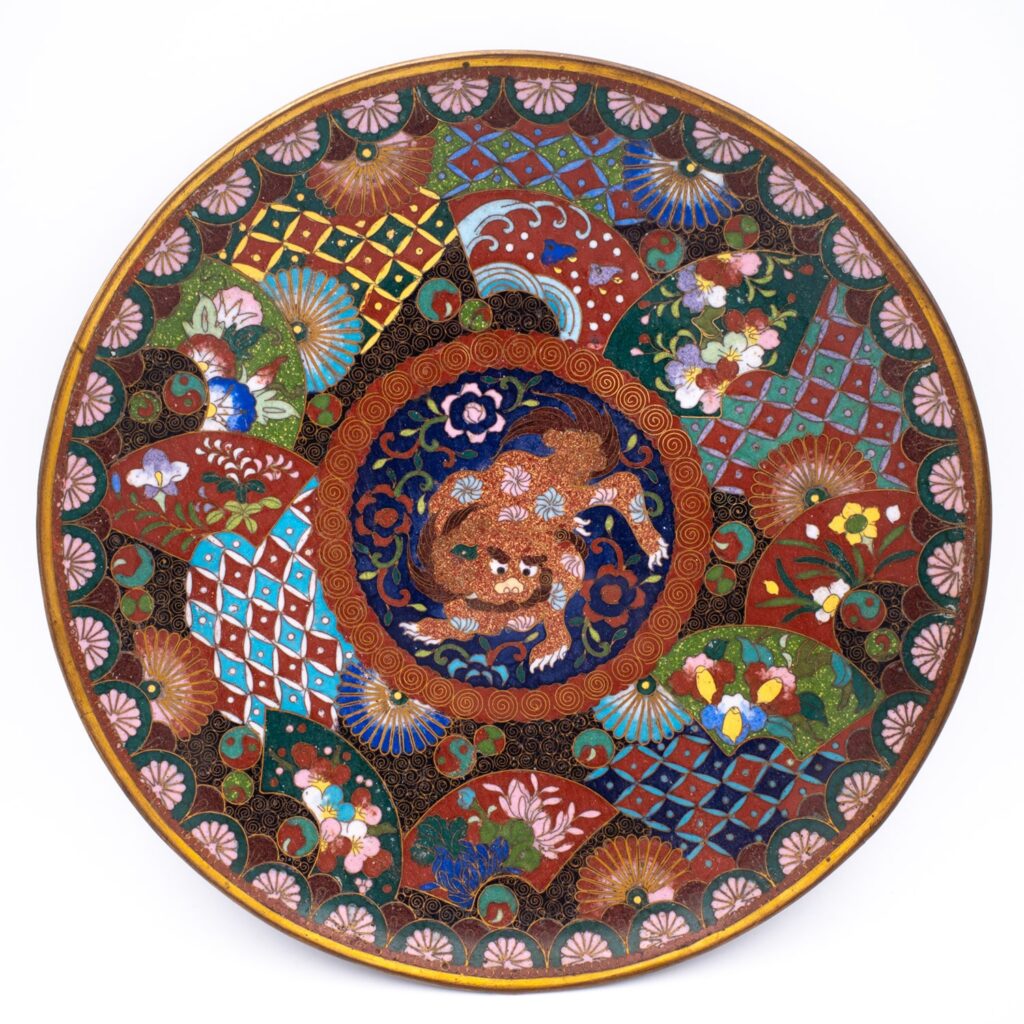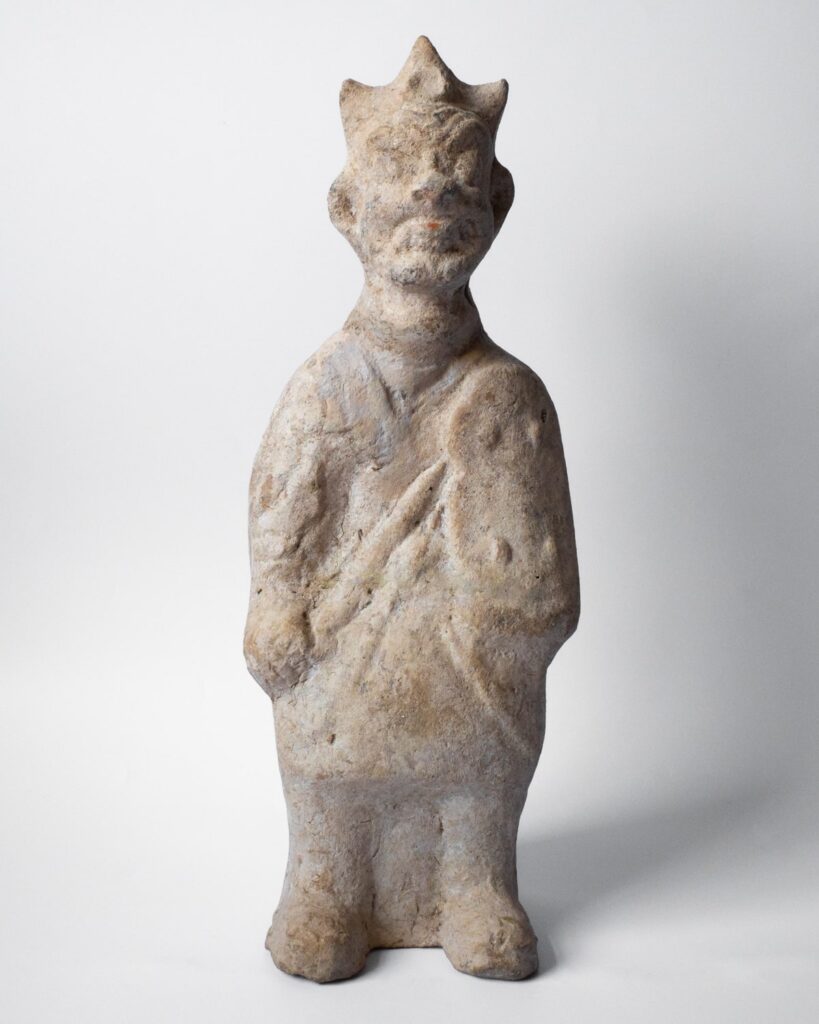April 2023 Update – New Arrivals and Auctions
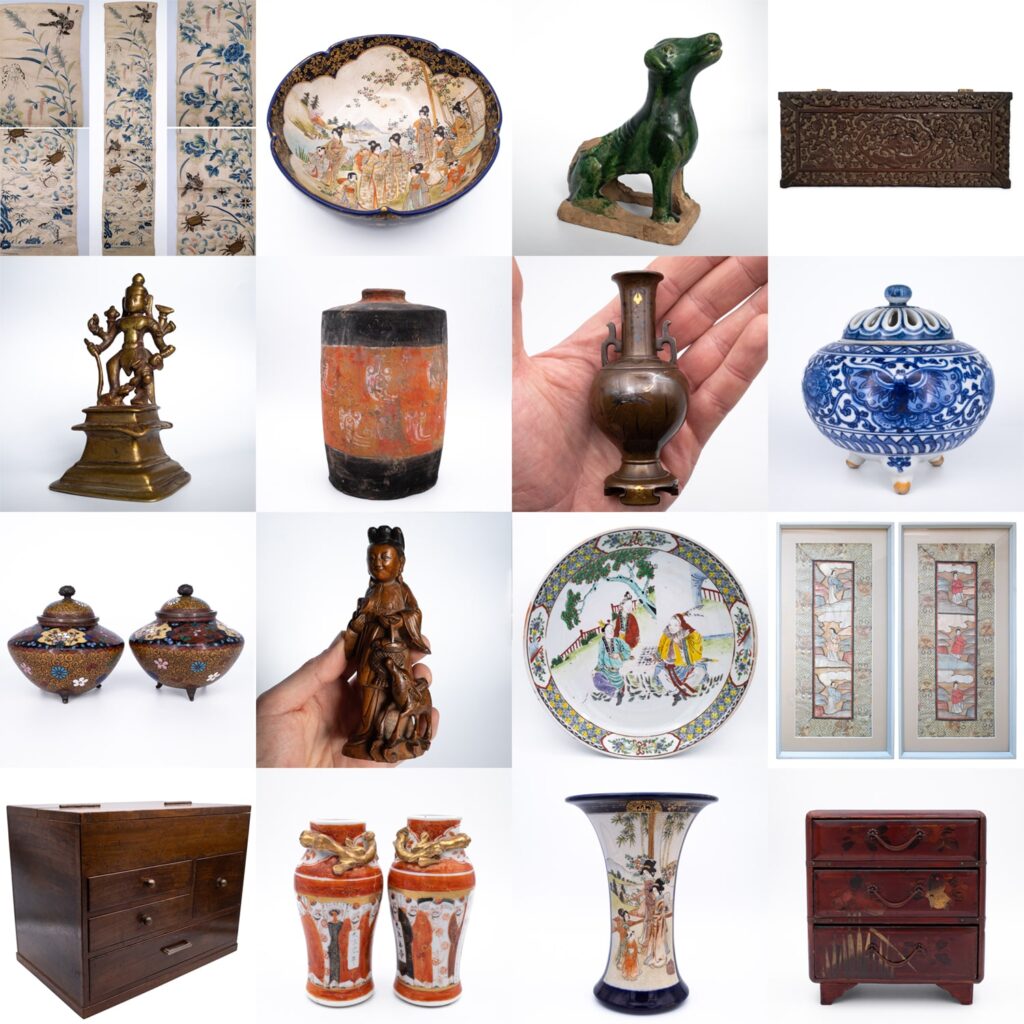
See our latest auctions and new items added to our shop this month. Read the full list below.
Visit Asian Art Curator to bid on latest eBay auctions closing this week. Featured auctions are being added throughout the week so make sure to stay up to date! Our Resource Hub features a complete list of Asian art resources that can be found on our website.
Subscribe to our newsletter to receive monthly product updates via e-mail. Easiest way to get all the latest updates is to follow our instagram and facebook pages.
Latest eBay auctions and new arrivals
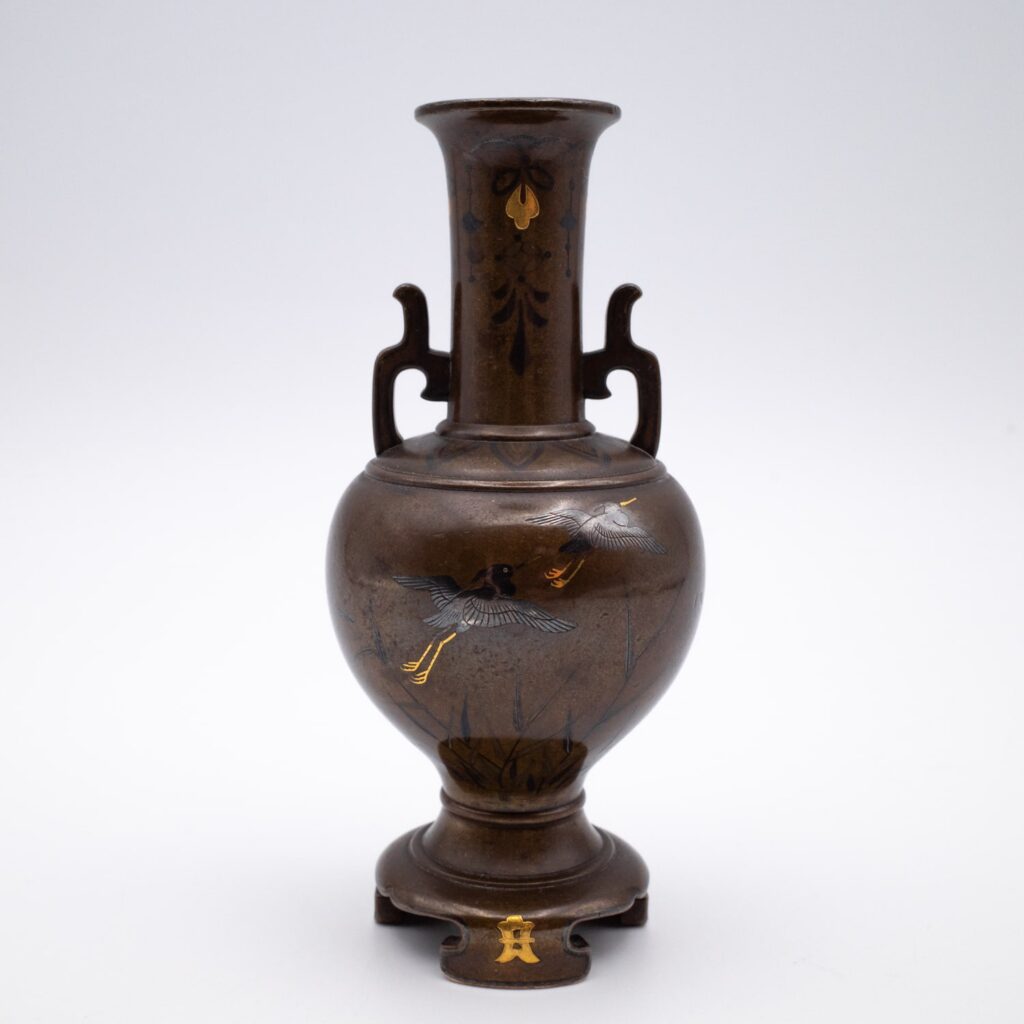
AUCTION – Antique Japanese Nogawa Noboru Mixed Metal Vase. Meiji Period
A fantastic miniature Japanese mixed metal vase by Nogawa Noboru dating to the late 19th century, Meiji period. Silver and gold inlaid decoration depicting pair of herons on one side and blossoming prunus branch on the other. Marked to the base with carved hiragana character の (“no”) and three vertical lines in the background for 川 (“kawa”, or “gawa” in compounds).
Height: 9 cm
Auction ends 7 May 2023
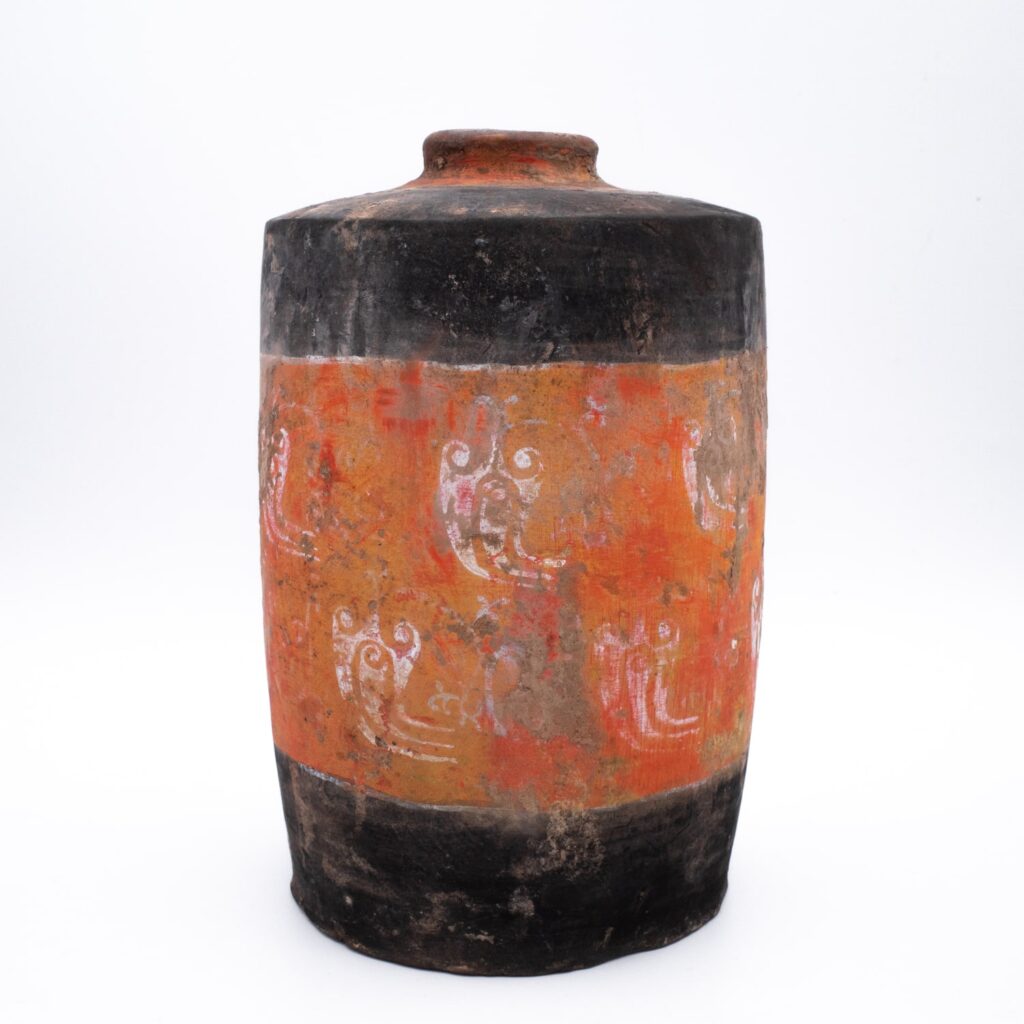
Antique Chinese Polychrome Painted Pottery Jar. Han Dynasty (202 BC – 220 AD)
Wonderful Chinese Han dynasty pottery jar of cylindrical form, painted in black, orange and white pigments with stylized curvilinear cloud designs derived from lacquer objects popular during the late Zhou and early Han dynasties. Rare to find these preserved in such a good condition as the decoration on the surface is extremely delicate and rubs off easily.
Height: 19 cm
Diameter: 11.5 cm
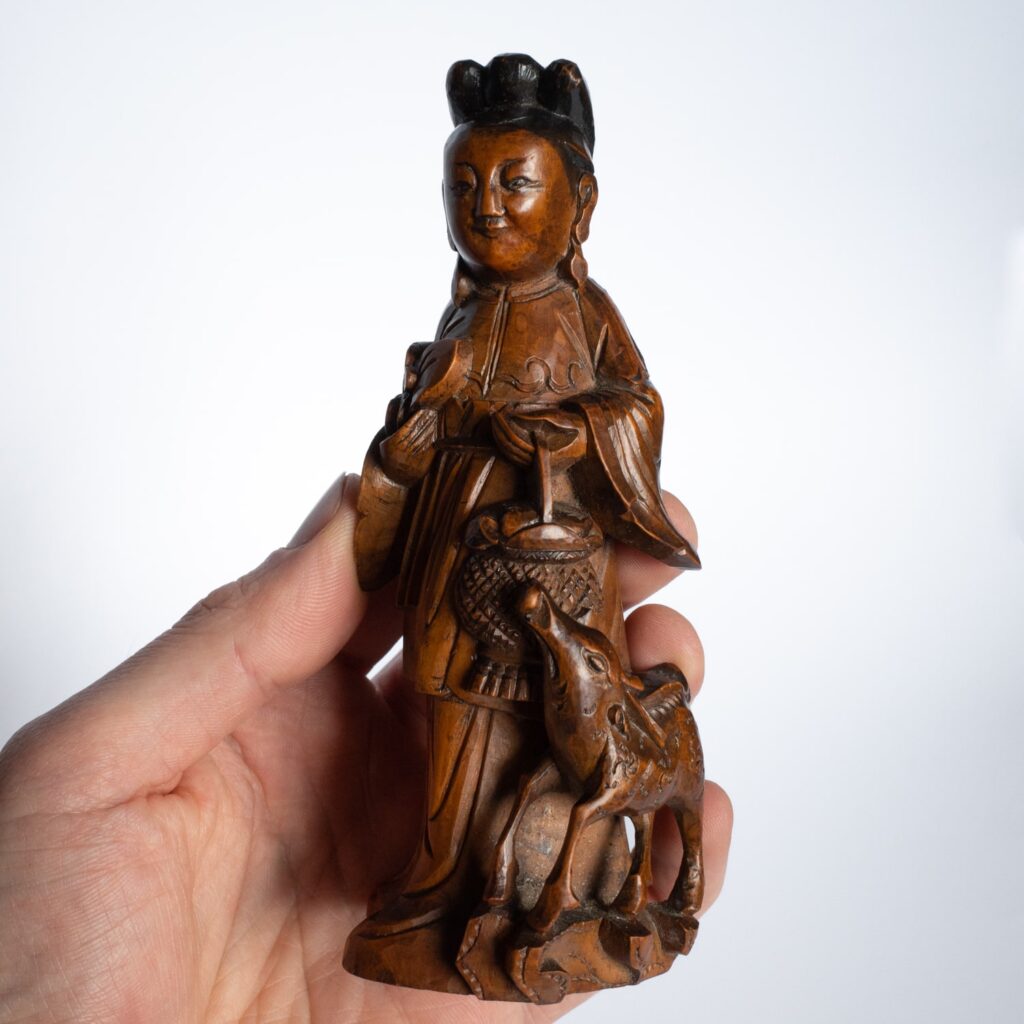
Antique Chinese Boxwood Carving of the Daoist Immortal Magu. Qing Dynasty
Fantastic antique Chinese boxwood carving of the Daoist Goddess of Longevity and protector of women, Magu (麻姑, ‘hemp maid’). She is accompanied by a spotted deer and carries peaches and a basket in her hands. This is a popular Chinese motif known as ‘Magu Xian Shou’. Wonderful little carving with a lovely patina.
Height: 13.5 cm
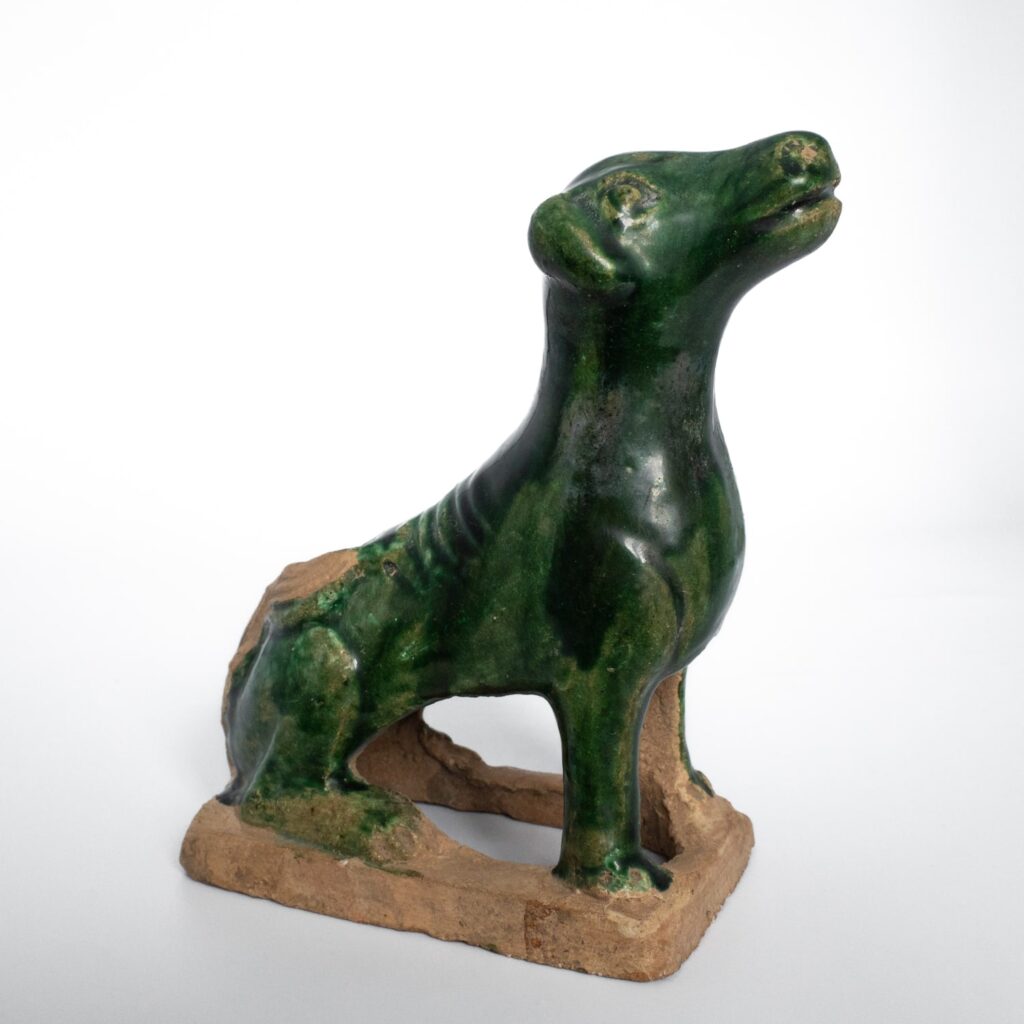
Antique Chinese Green Glazed Pottery Figure of a Seated Dog
Antique Chinese green glazed pottery figure depicting a seated hound, most probably a Saluqi. This is believed to be one of the earliest domesticated breeds (dating back to the Sumerian empire, 7000-6000 BC) and represented in Chinese art since the Tang dynasty. Present example dates to c. Ming dynasty.
Height: 12.5 cm
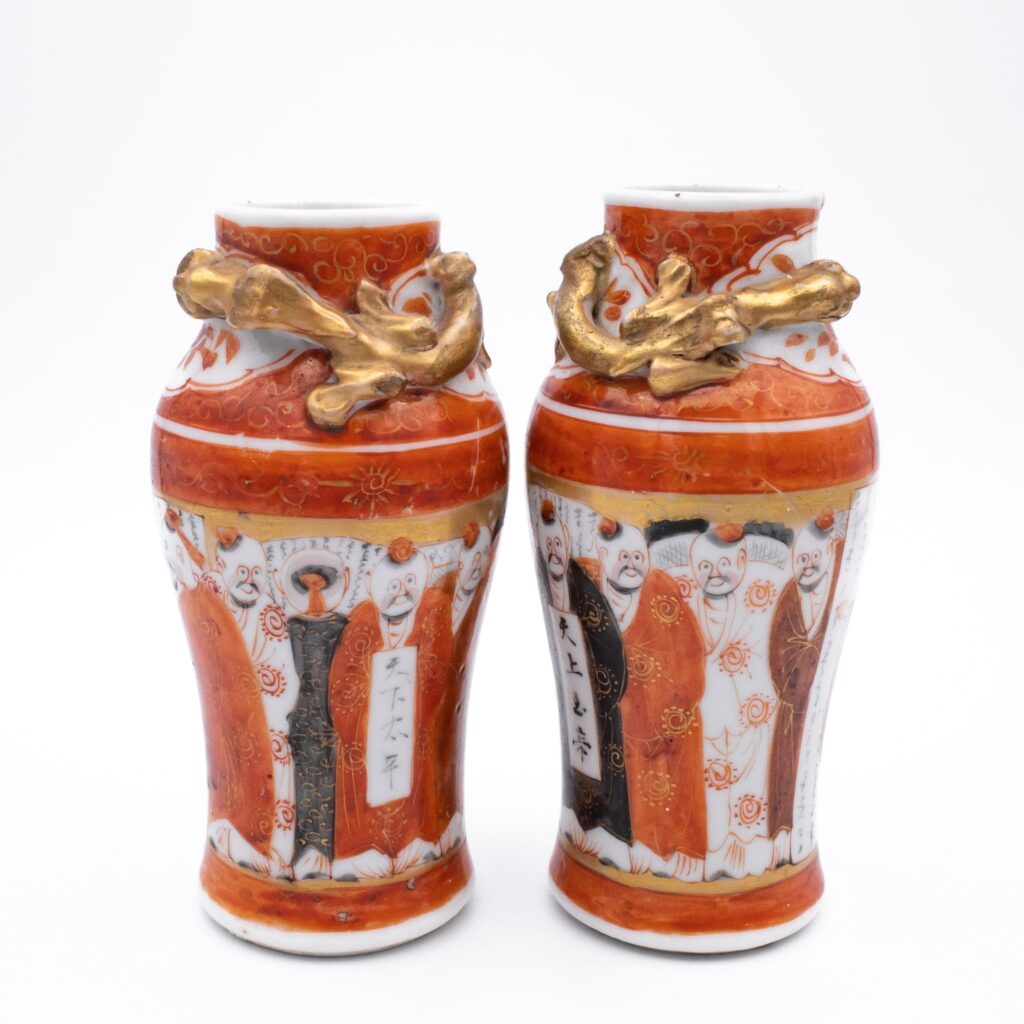
Antique Chinese Rouge de Fer Porcelain Vases in Japanese Kutani Style. Late Qing Dynasty
Rare pair of late 19th century Chinese (Cantonese) export porcelain vases with applied chimeras. Pattern is commonly referred to as ‘hundred scholars’ and is characteristic of Japanese Kutani porcelain. This type of decoration might have been a response of Chinese decorators to increased popularity of Japanese motifs during the craze of Japonisme in Europe in the second half of the 19th century.
Height: approx. 12.5 cm (slightly different heights)
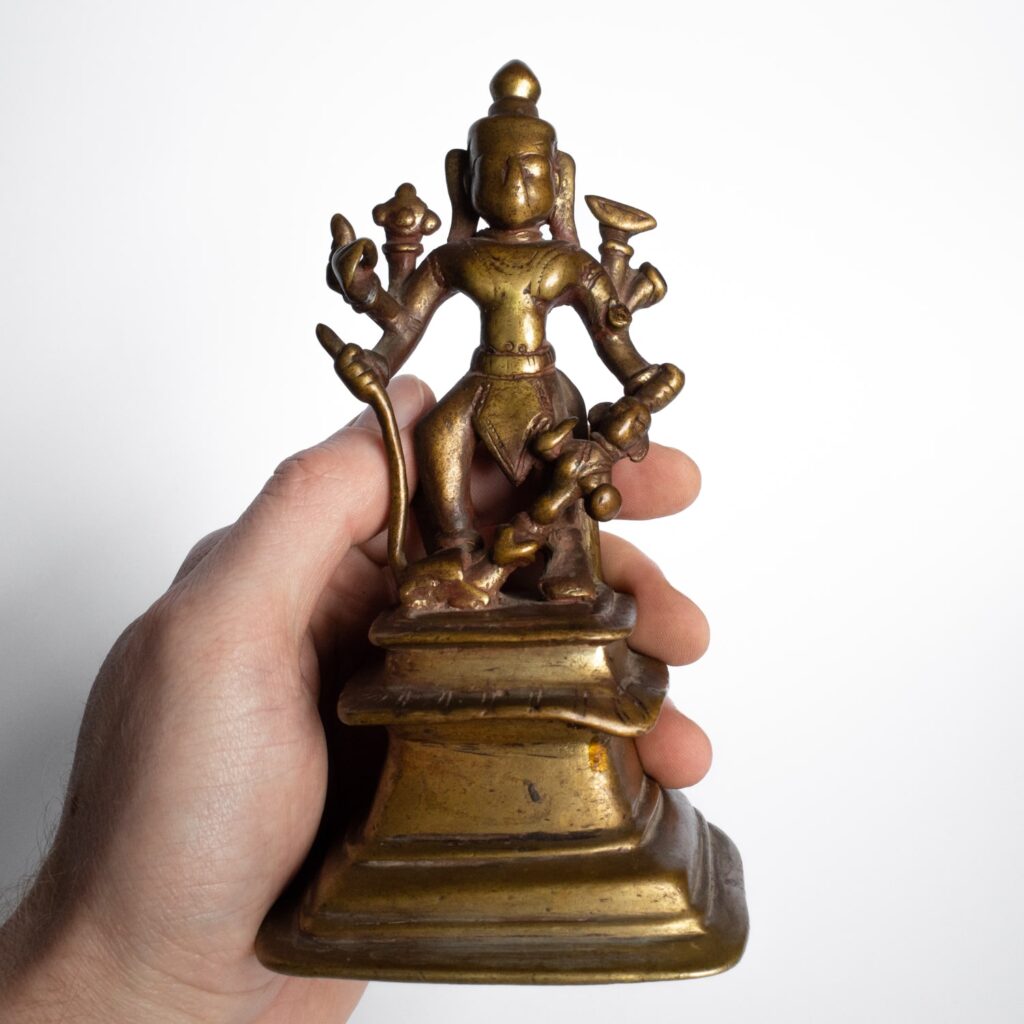
Antique Indian Figure of Hindu Deity Durga Mahishasura Mardini. 19th century
Antique Indian bronze or similar copper alloy figure of a fierce Hindu deity Durga Mahishasuramardini – slayer of Mahishasura the buffalo demon. In good antique condition with significant ritual wear, marks and small losses as per photographs.
Height: 15 cm
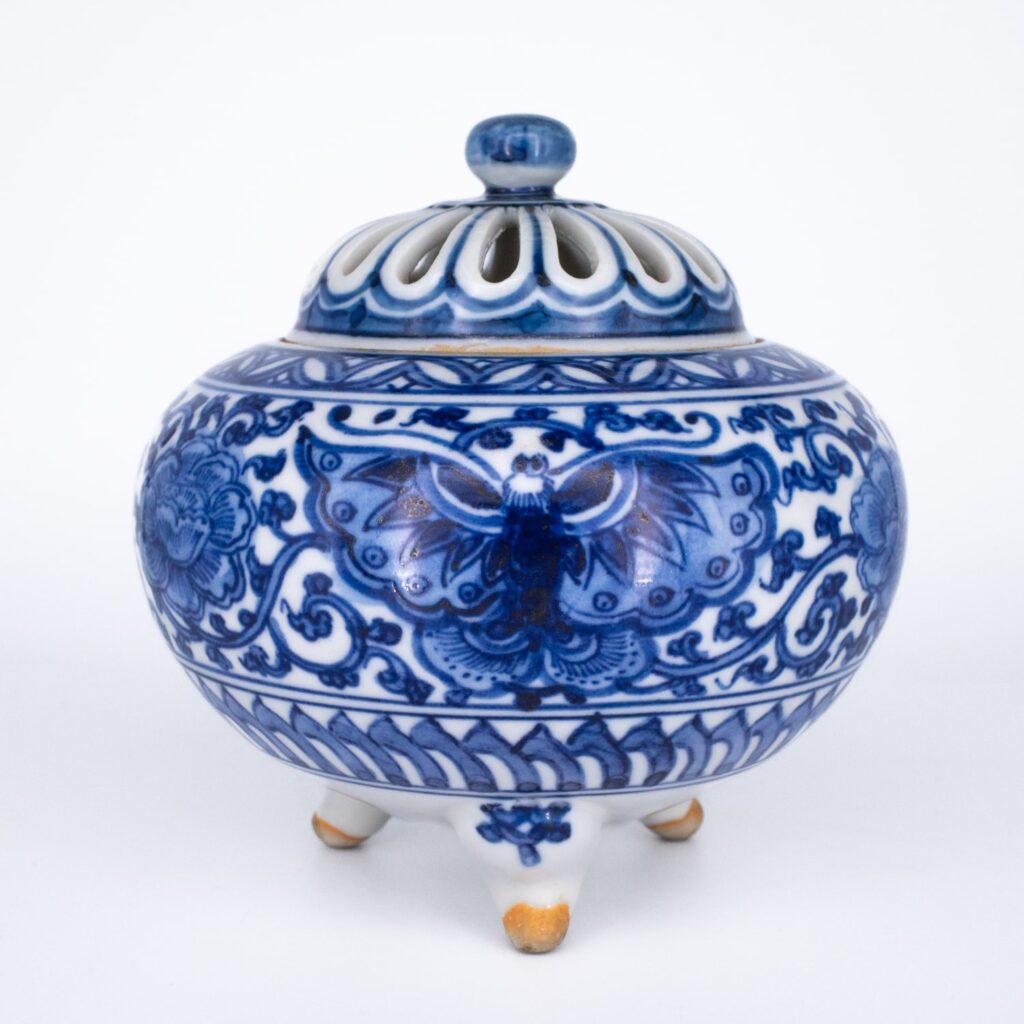
Antique Japanese Blue and White Kutani Porcelain Tripod Koro Incense Burner. Marked 九谷
Fine antique Japanese Kutani porcelain incense burner with a pierced cover. Decorated all over in underglaze blue and featuring butterflies with peony scrolls. Stylized underglaze blue square 九谷 Kutani mark underneath. In excellent condition as per photographs.
Height: 10 cm
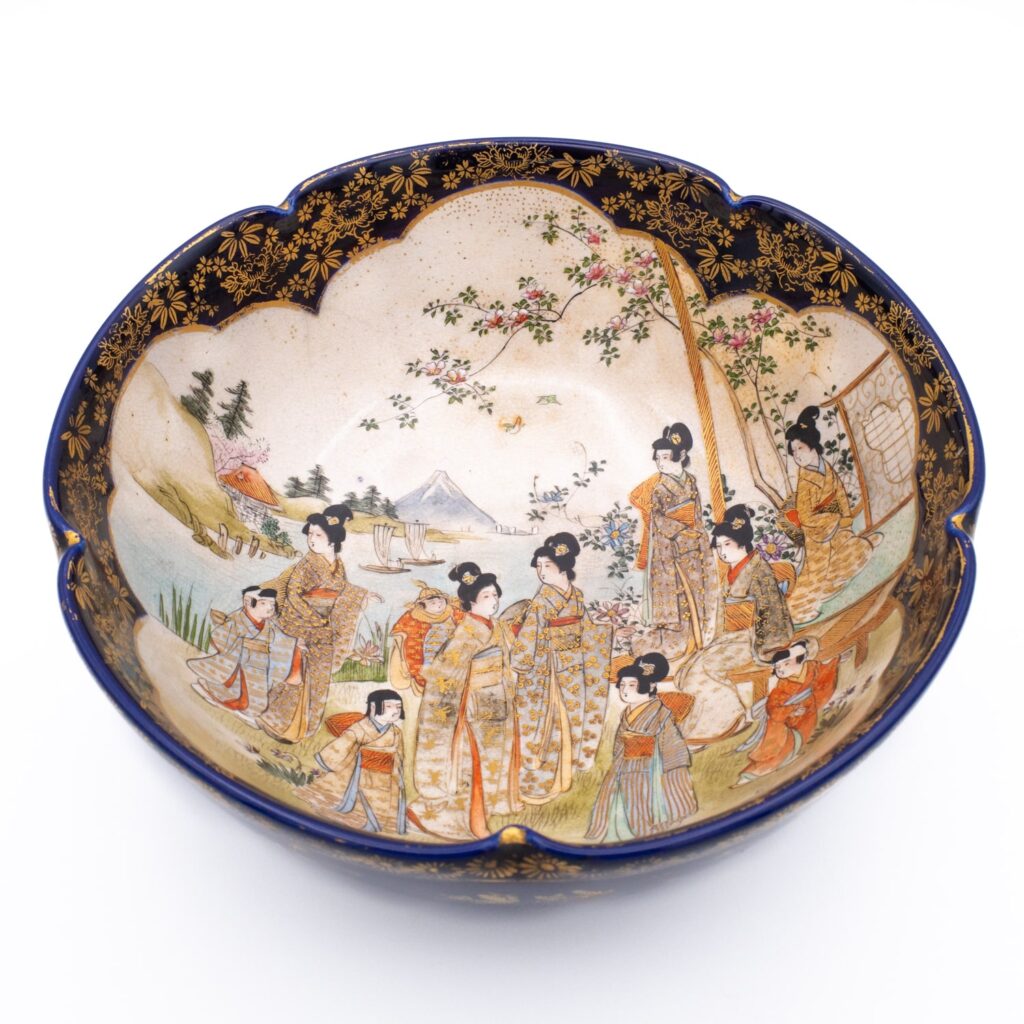
Antique Japanese Blue-Ground Satsuma Pottery Bowl by Kusube 楠部. Meiji Period
Very pretty antique Japanese cobalt-ground Satsuma pottery bowl with shaped rim. Depicting an outdoor scene with ladies and children, set against a backdrop of Mt. Fuji and boats on a lake. Marked Kusube 楠部 to the base.
Diameter: 19 cm
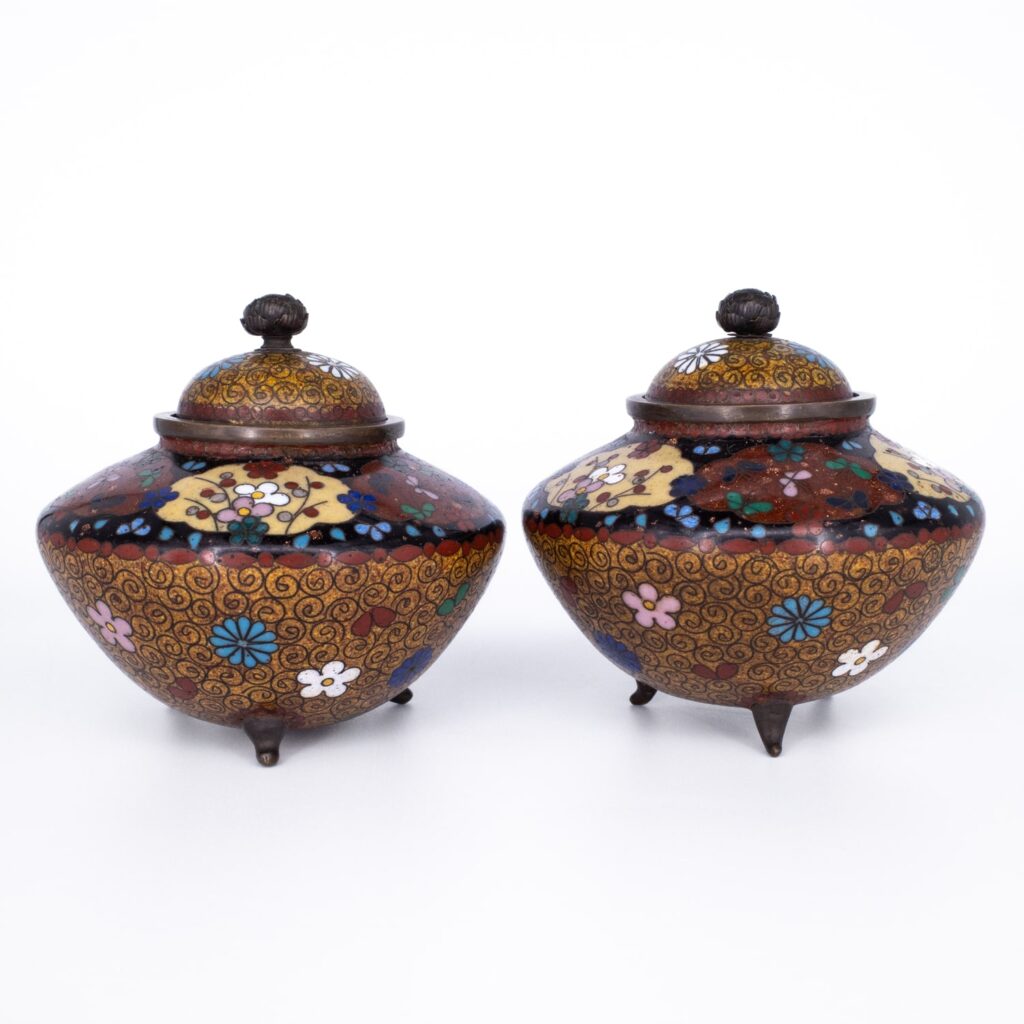
Pair of Antique Japanese Cloisonne Koro Incense Burners. Meiji Period
Charming pair of antique Japanese cloisonné incense burners with floral decoration. Both in great antique condition with some age-related surface wear and minor enamel loss inside where feet are attached.
Height: 10 cm
